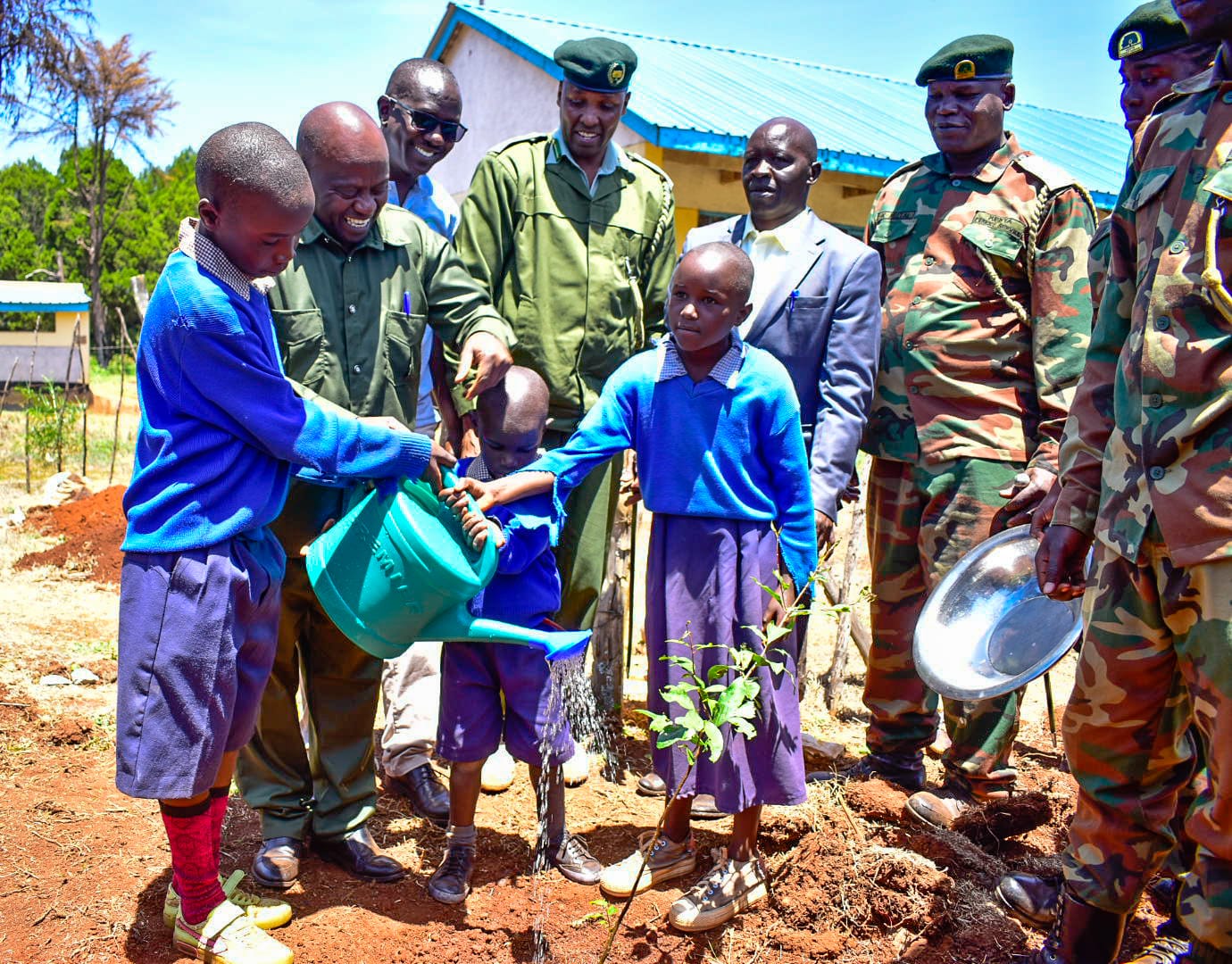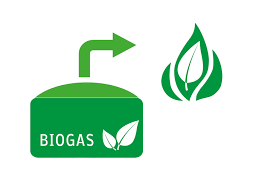How we make a difference
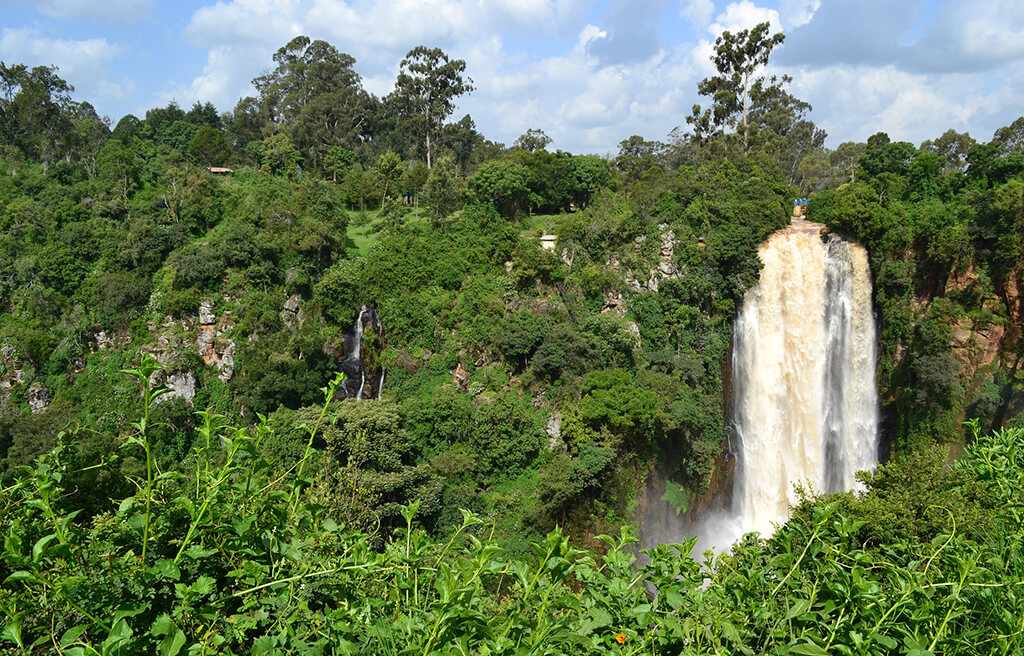
#conservingourfuture
Why it matters
We are deeply committed to community empowerment and climate change mitigation through practical, inclusive, and impactful conservation work. Our approach is rooted in the belief that lasting environmental change begins with the people who call these landscapes home.
Working hand-in-hand with local communities and implementing partners, we undertake transformative projects that restore ecosystems, build climate resilience, and create sustainable livelihoods.
We are dedicated to advancing climate change mitigation and community development through inclusive and results-driven conservation initiatives. Grounded in the principle that sustainable environmental solutions begin with local stewardship, we collaborate closely with communities and strategic partners to restore ecosystems, enhance climate resilience, and foster long-term, nature-based livelihoods.
What we do
1. Landscape Restoration
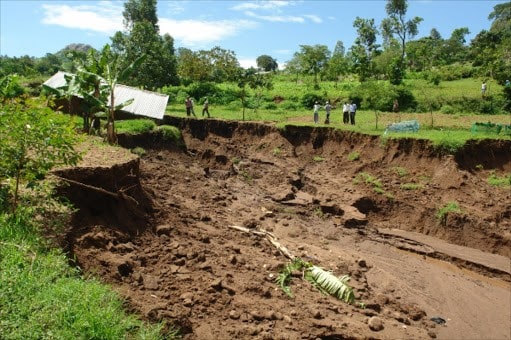
Through Landscape Restoration, we are healing the degraded ecosystems of the Elgeyo Hills, the Cherangani water tower, and the broader Great Rift Valley landscape. This work is especially urgent as we aim to reduce the devastating mudslides and landslides that threaten lives, homes, and nature. We do this by restoring native vegetation, protecting water sources, improving soil health, and supporting local communities. At SKWT, we see restoration as a long-term commitment to rebuilding the natural balance between people and the environment – reviving land, livelihoods, and biodiversity together.
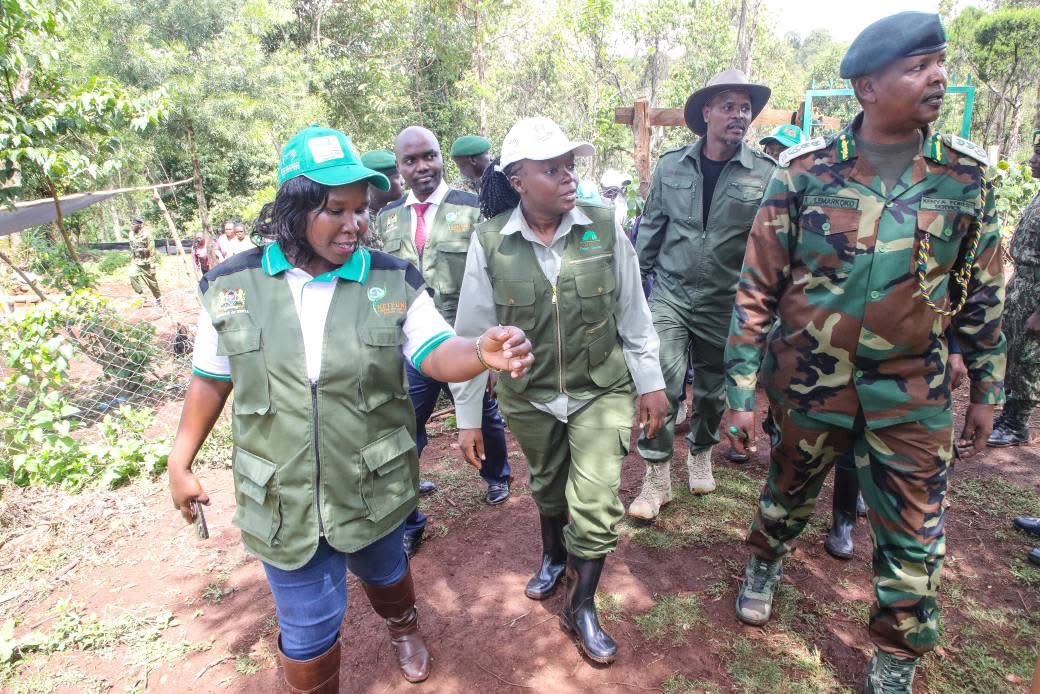
2. Sustainable Development
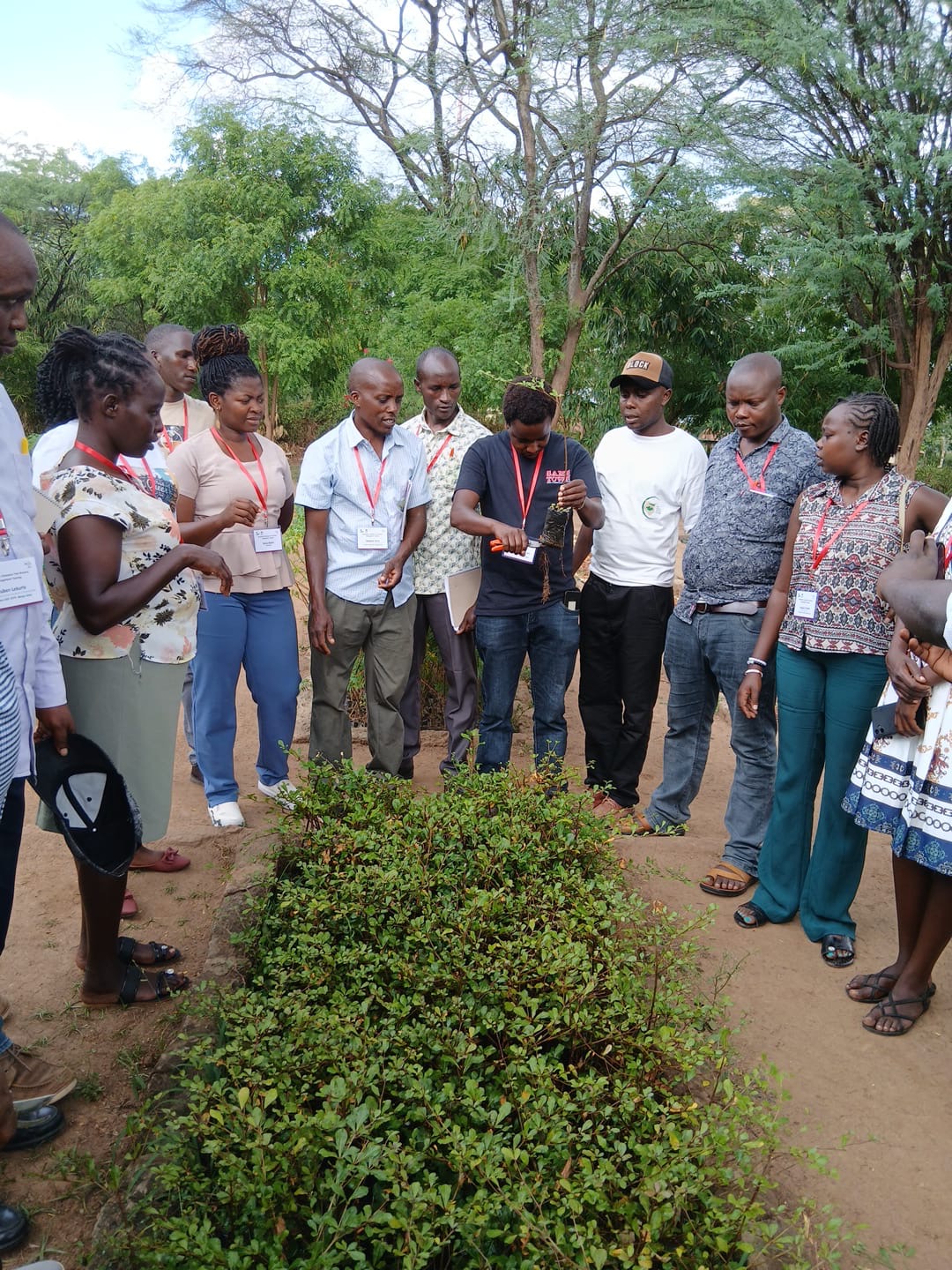
Save Kenya Water Towers aligns its restoration work with the global Sustainable Development Goals (SDGs) by advancing climate action, biodiversity conservation, clean energy, and inclusive development. Our initiatives also support the Kenyan government’s commitments under national climate policies, forest restoration targets, and the AFR100 initiative. By integrating international best practices and standards, we ensure our efforts contribute meaningfully to global environmental and social resilience while responding to local realities.
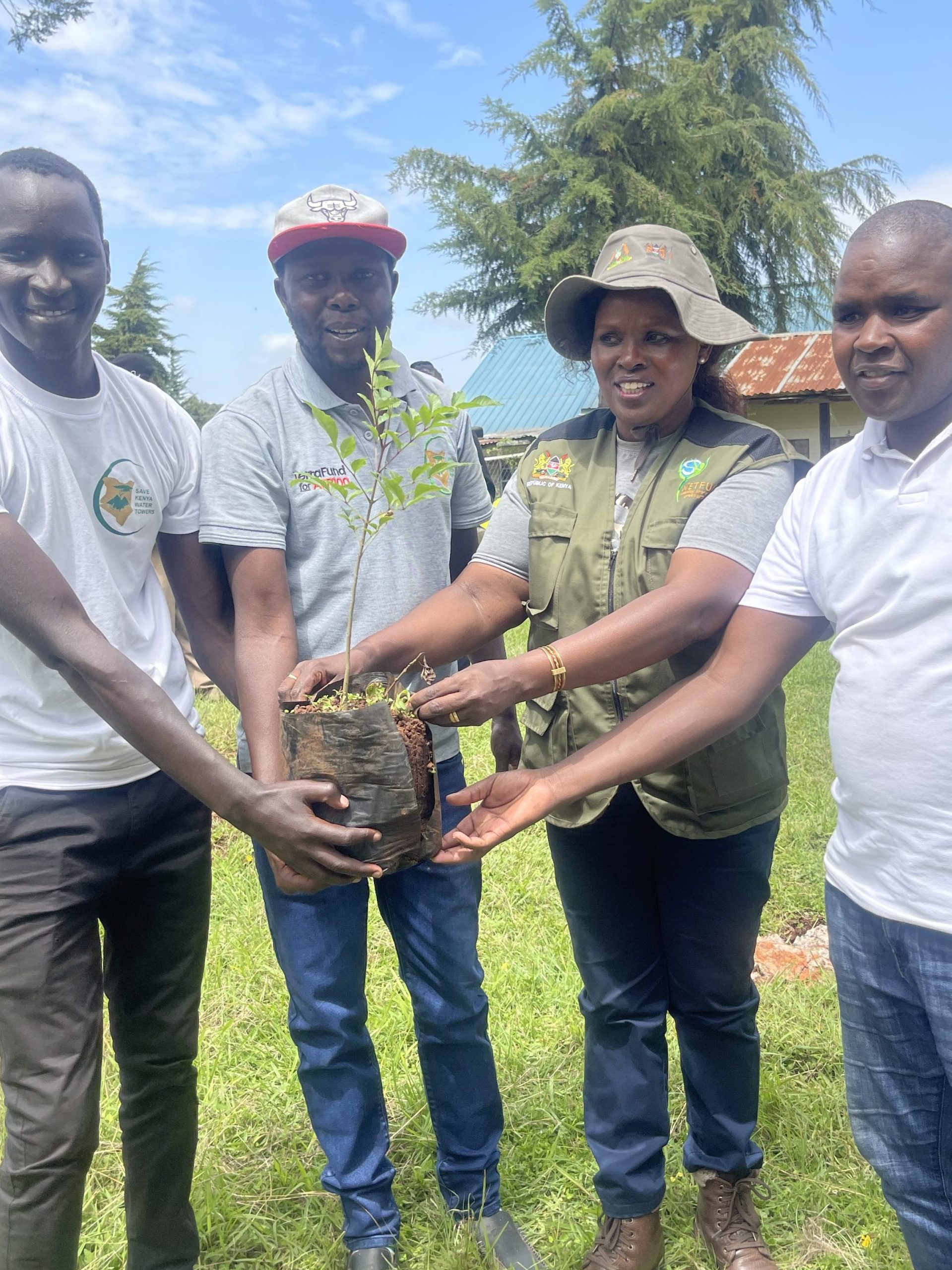
3. Eco-friendly living
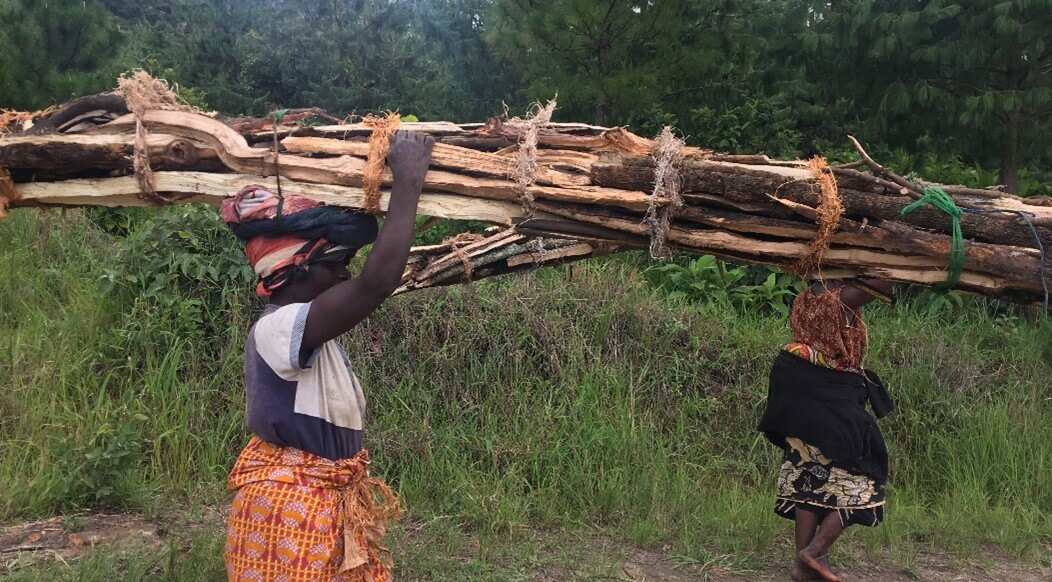
Eco-friendly living involves making intentional choices to reduce environmental impact by conserving energy, water, and resources, minimizing waste, and embracing sustainable practices. Our Biogas for Schools project reflects this ethos by reducing schools’ dependence on firewood through the installation of biogas systems. With most schools in Kenya consuming over 5 tonnes of firewood daily, this reliance has fueled rapid forest degradation, landscape loss, and biodiversity decline. By transitioning to biogas, schools not only cut harmful emissions and protect forests but also cultivate a culture of environmental responsibility among the next generation.
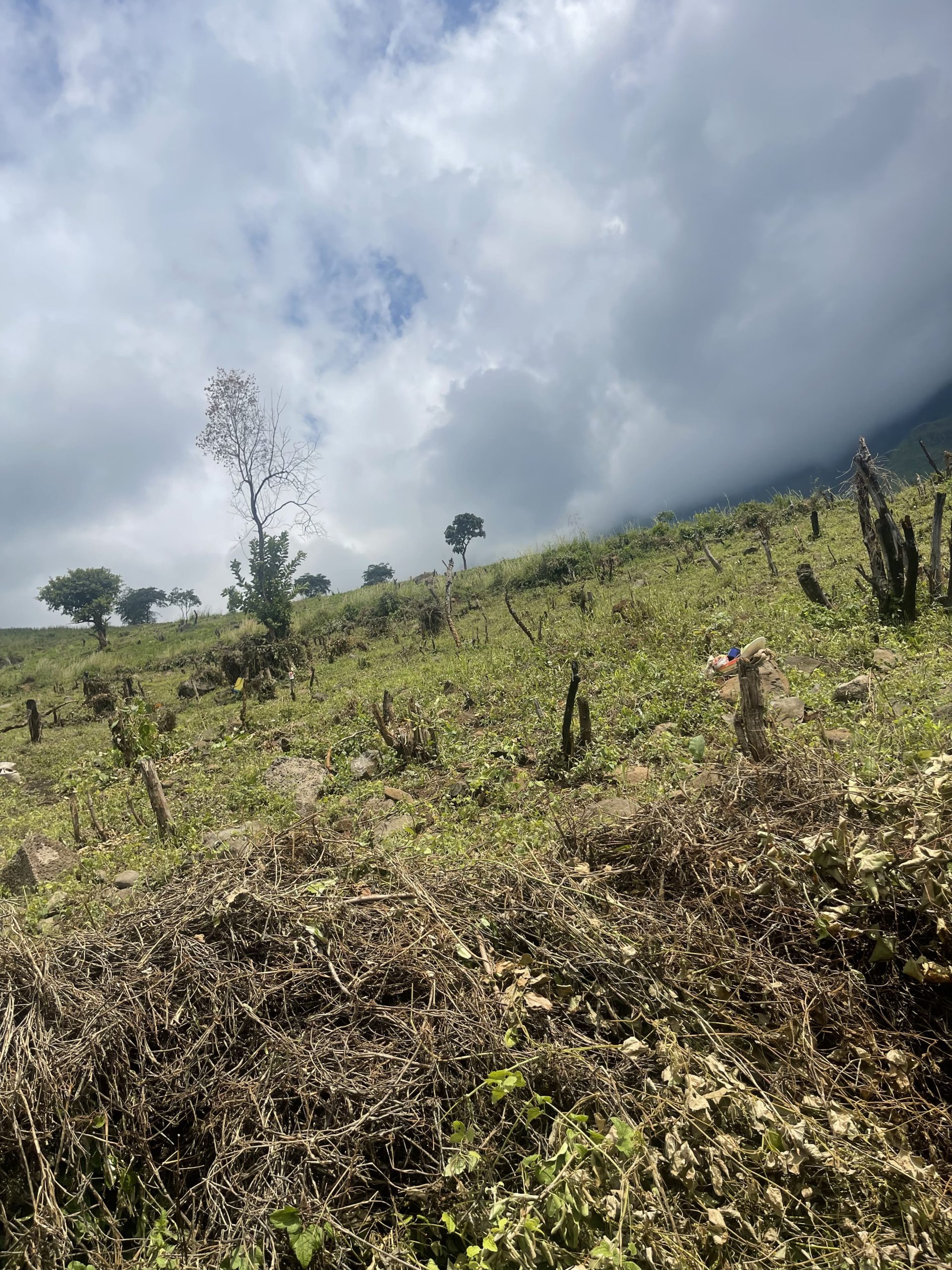
4. Community Awareness
& Education
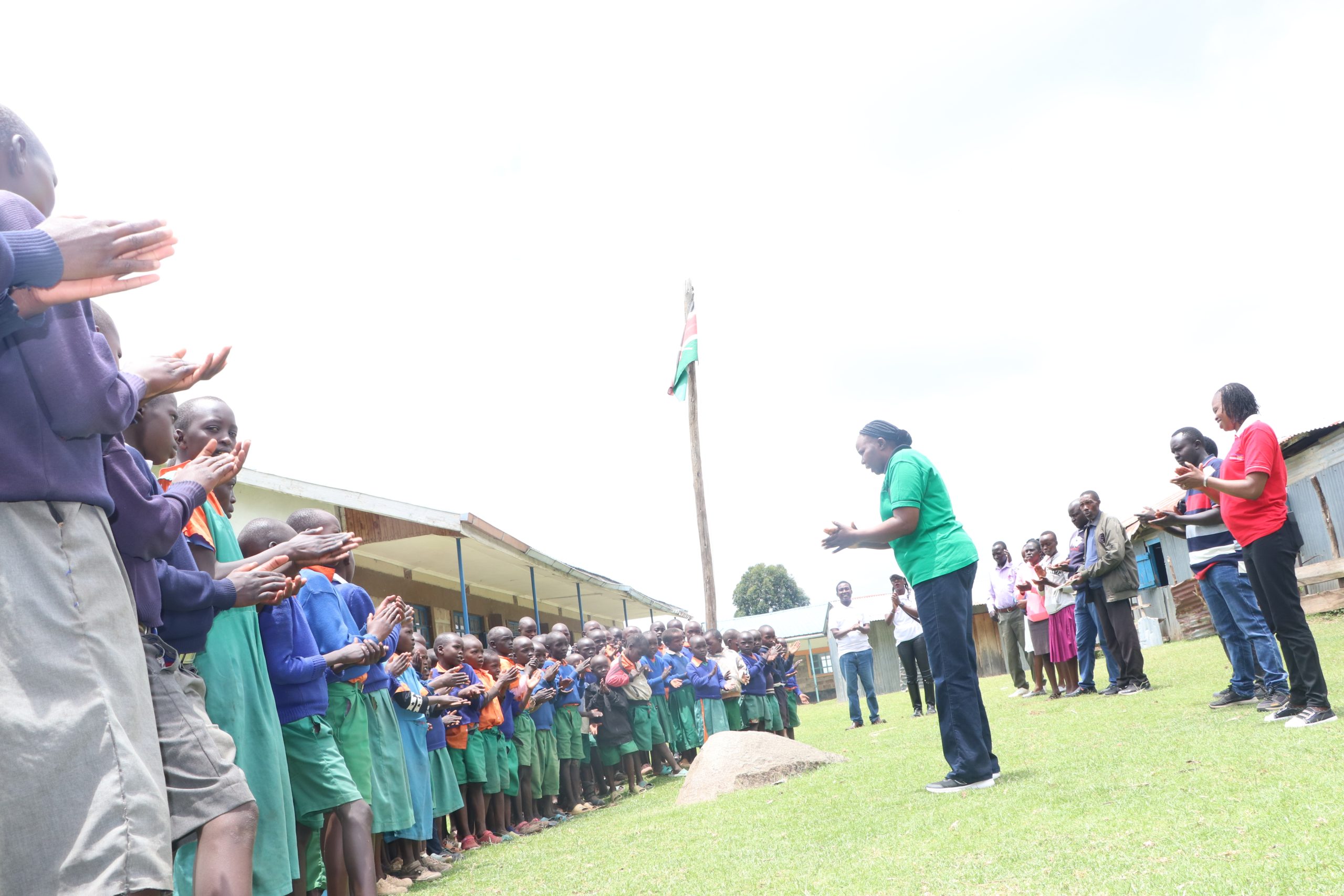
We are actively involving forest-dependent communities in our programs to ensure they benefit from sustainable livelihoods while supporting conservation goals. Our recent endeavour with Moi University where we gave the dean and his team a tour of our restoration site of the spencerline in Ngobisi , a special visit to Ngobisi primary school and a visit to Tirok small holder farmers farmers corporative where they were imparted with knowledge on farming systems and ho to improve and diversify their produce.
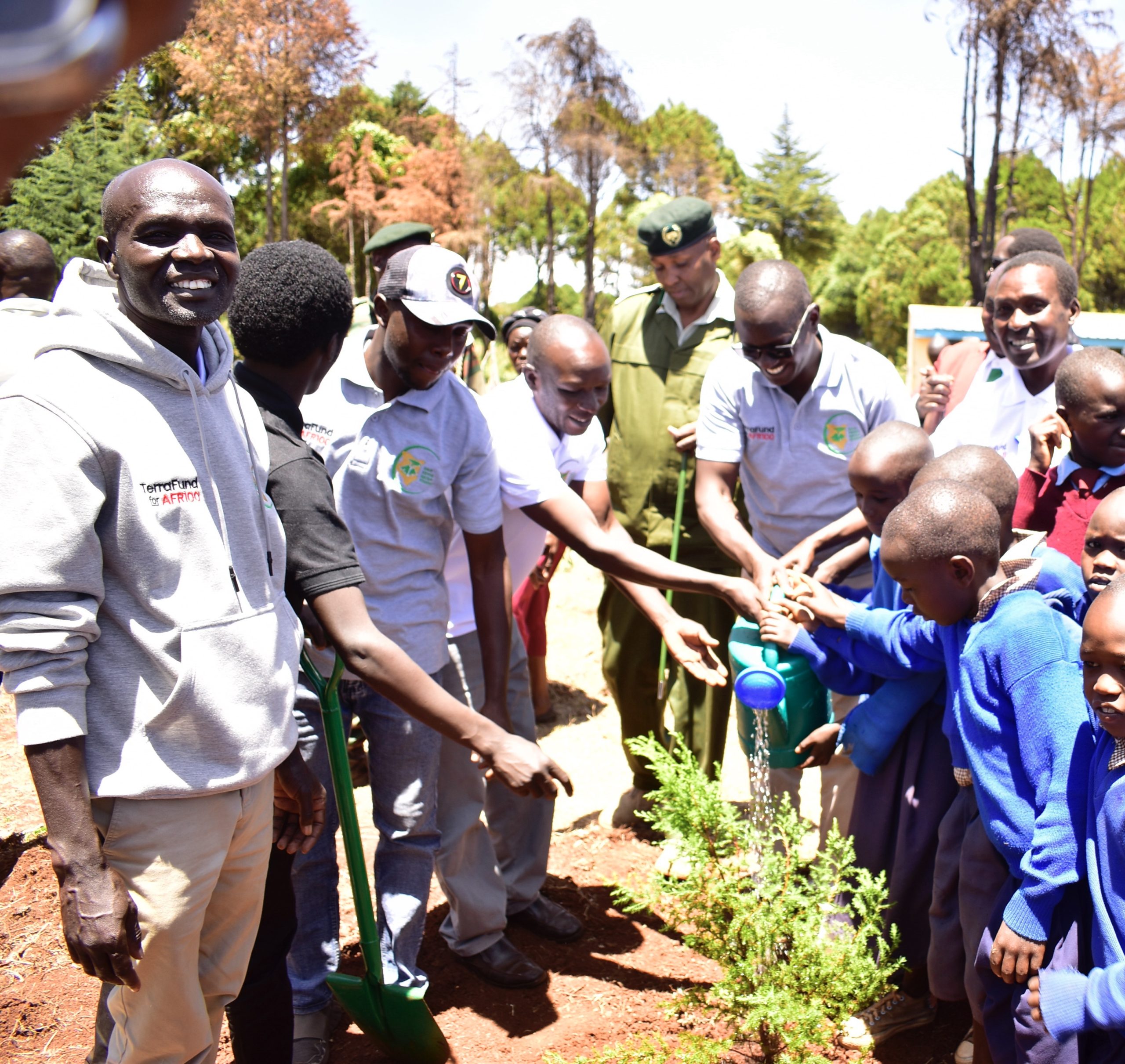
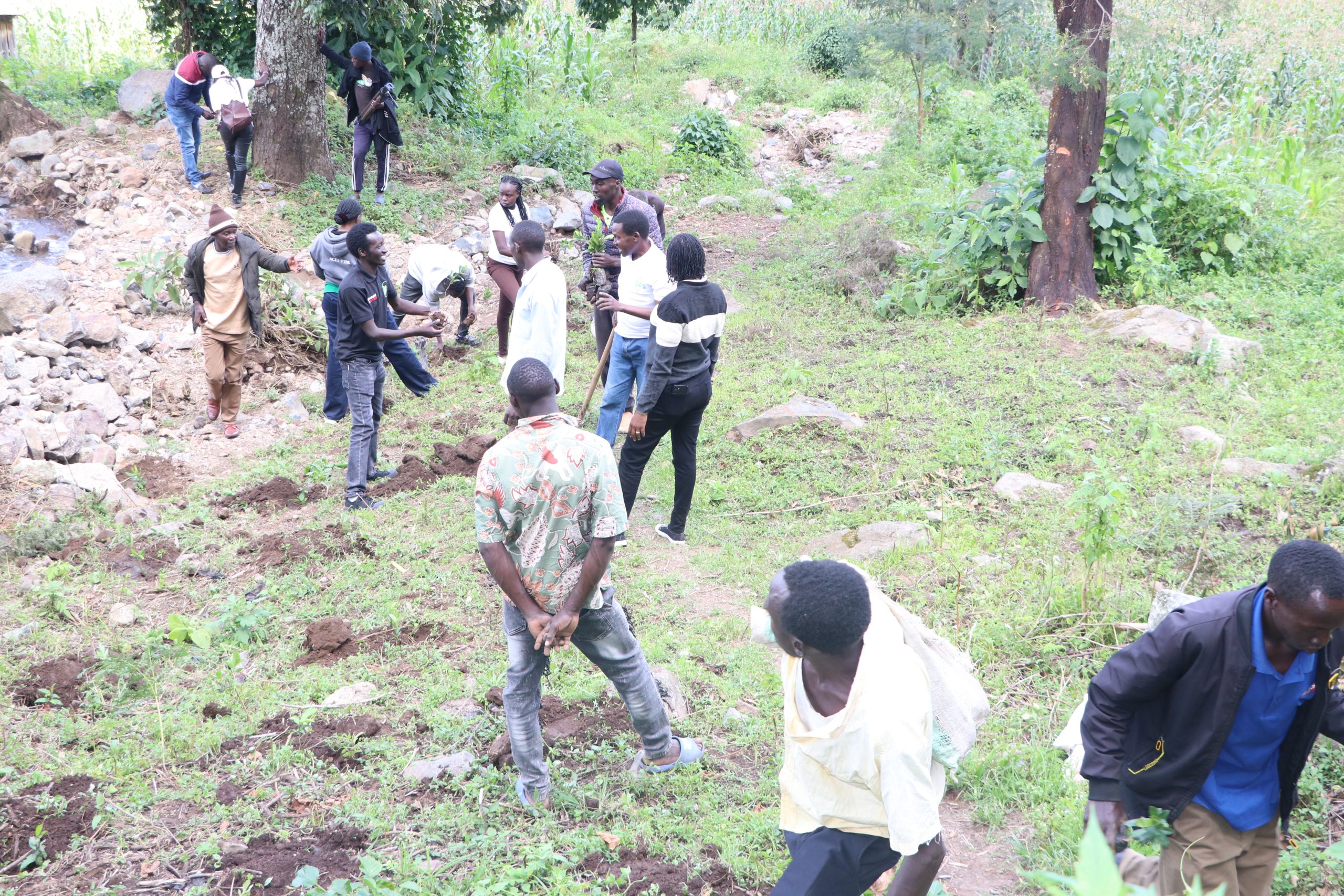
OUR PROJECTS
1
THE SPENCER LINE
A Project by Save Kenya Water Towers
The Spencer Line, also known as the Cut line, is a geographical feature within the Keiyo Marakwet region and part of the larger Elgeyo Escarpment in Kenya’s Great Rift Valley, is a critical area for ecological and economic revitalization. Our focus is a Zone 3 division which extends at about 150KM stretch from Iten to Kimwarer. It is a protected area which was demarcated by a colonial agricultural officer, William Spencer (hence Spencer Line).
Save Kenya Water Towers (SKWT) is implementing a transformative project in this area under the TerraFund AFR100 program, funded by the World Resources Institute
(WRI) and the Bezos Earth Fund, alongside other global ecosystems such as Ghana’s Cocoa Belt and Lake Kivu. This initiative, launched in November 2023, aims to restore the Spencer Line’s degraded landscapes, conserve biodiversity, and promote climate resilience.
The restoration focuses on tree planting, assisted natural regeneration, and agroforestry, prioritizing species that complement the local ecosystem. Our efforts include integrating coffee farming as part of regenerative agriculture to enhance environmental conservation, stabilize the landscape, and empower local communities. The project also addresses challenges posed by the terrain by implementing measures to reduce risks of landslides, soil erosion, and further degradation.


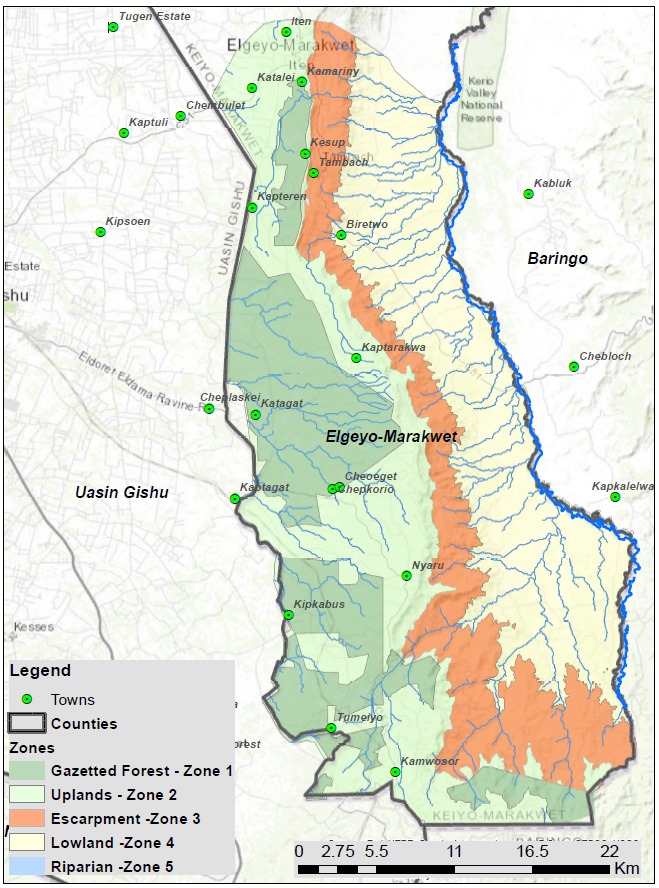
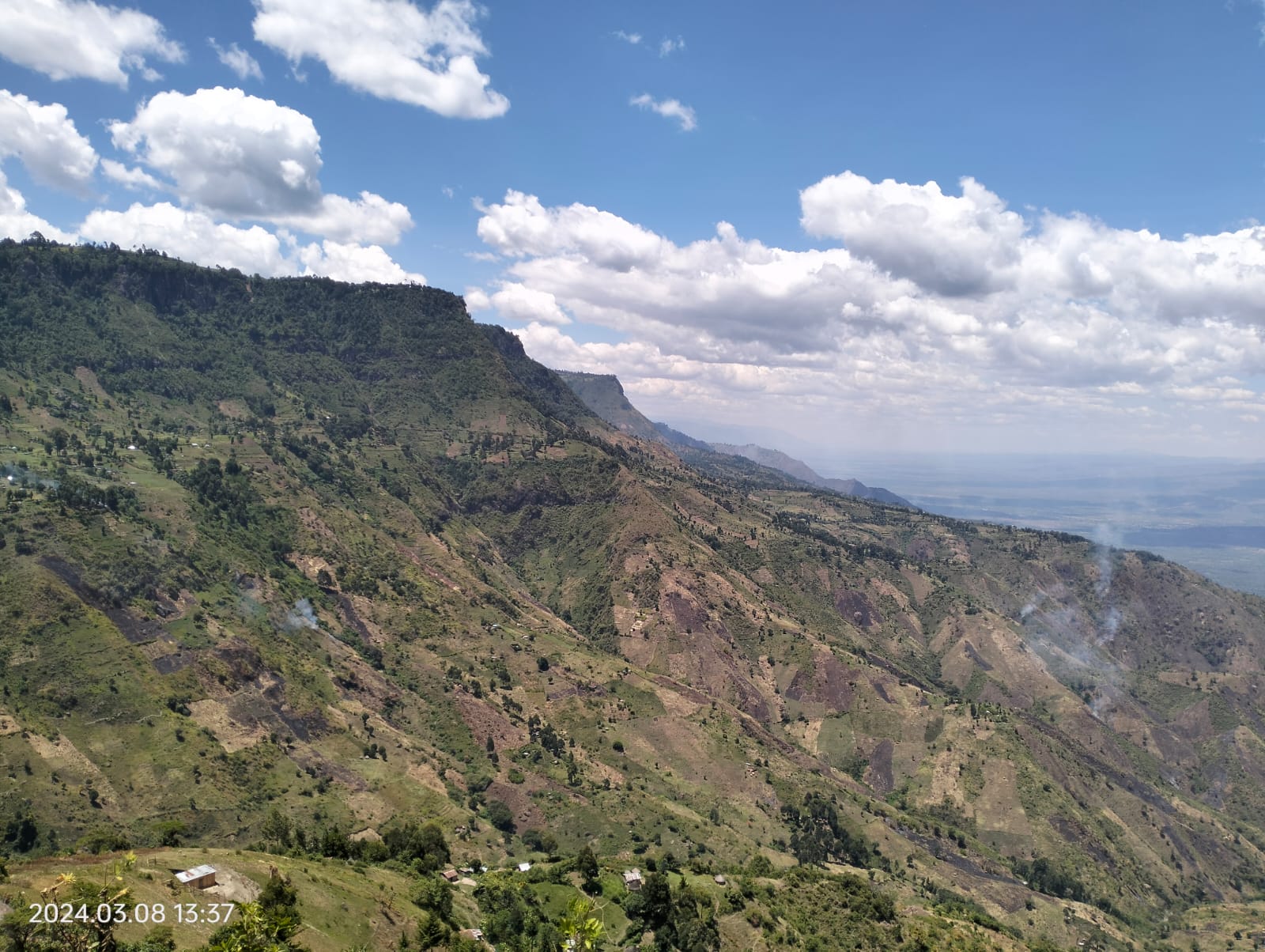
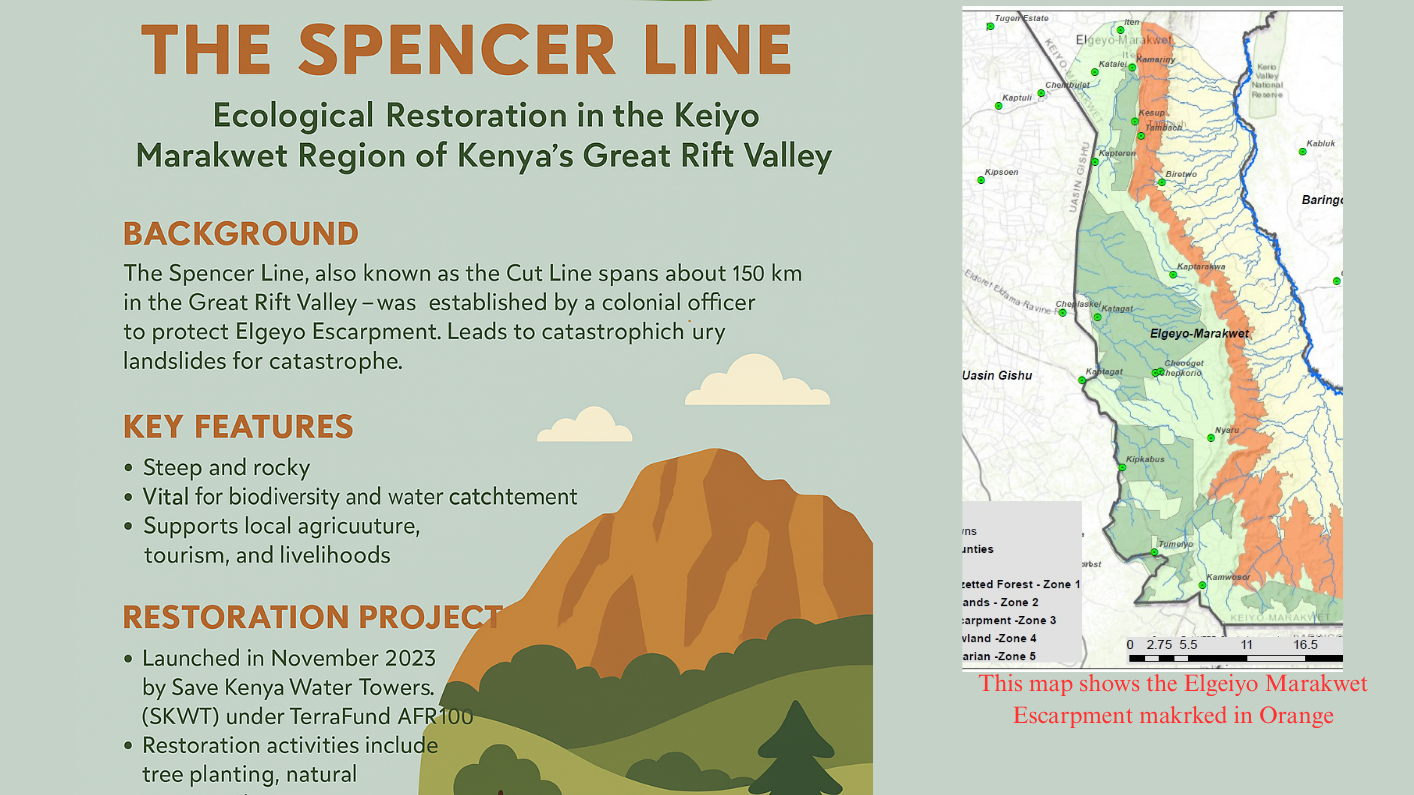
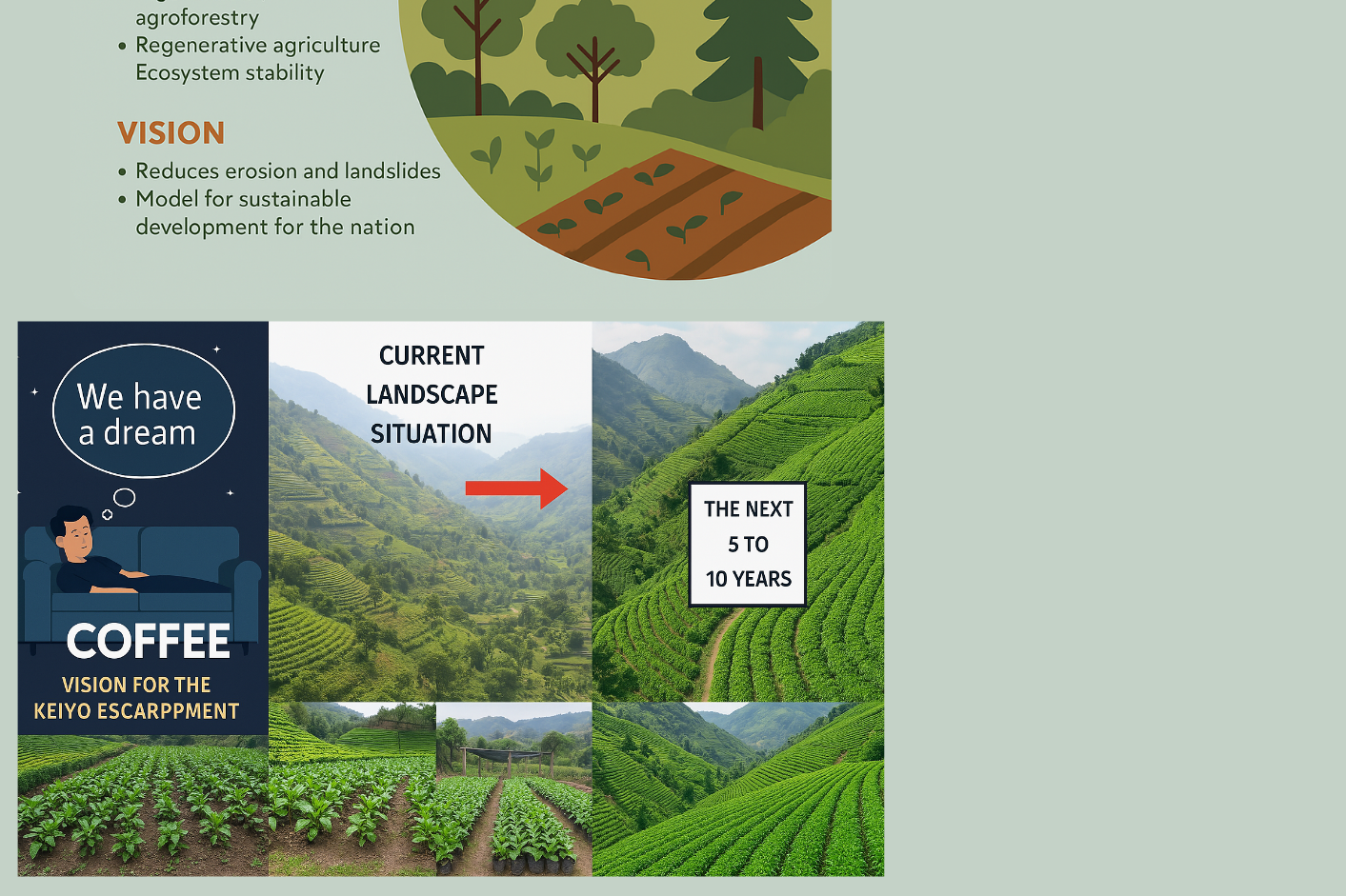
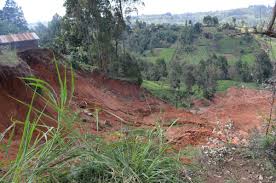
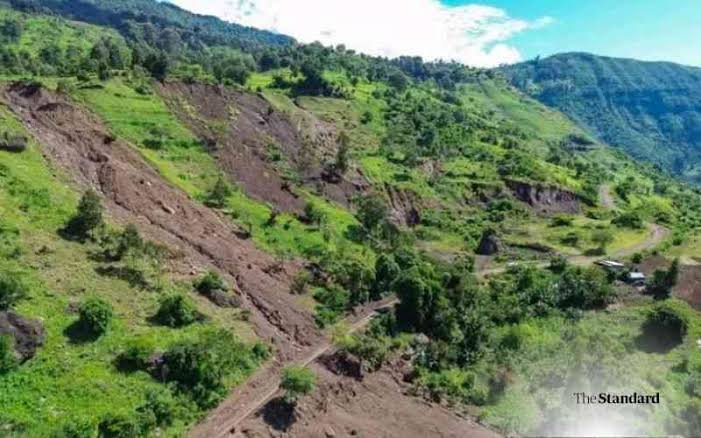
2
WATER TOWER PROTECTION AND ECOSYSTEM RESTORATION
A Project by Save Kenya Water Towers
Kenya’s water towers, high-altitude forest ecosystems play a vital role in sustaining the country’s ecological balance and water supply. These montane forests are not only the origin of Kenya’s major rivers but also serve as natural reservoirs, climate regulators, carbon sinks, and biodiversity strongholds. Yet over the decades, deforestation, unsustainable land use, and climate change have led to the rapid degradation of these fragile landscapes. In response to this urgent environmental crisis, Save Kenya Water Towers (SKWT) has launched a strategic, multi-stakeholder project aimed at protecting and restoring two critical water towers: the Cherangany Hills and the Mt. Elgon ecosystem.
The project’s focal landscapes – Cherangani Water Tower and Mt. Elgon Water Tower – are among Kenya’s five major water towers and are indispensable to the country’s water supply, agriculture, and hydroelectric power generation. These ecosystems also harbor a wealth of biodiversity and are home to communities whose livelihoods are closely tied to the land. Guided by Kenya’s national restoration agenda and aligned with global frameworks such as the UN Decade on Ecosystem Restoration and the Sustainable Development Goals (SDGs), SKWT’s approach is rooted in collaboration, science, and community-driven stewardship.
The strategy driving this ambitious conservation effort is structured around three interconnected pillars: community engagement, government collaboration, and private sector participation. Local communities form the backbone of the initiative, actively participating in reforestation, seedling propagation, and land stewardship programs. Community-based training equips them with practical knowledge in sustainable land management, indigenous tree care, and climate-smart practices. In areas like Mt. Kenya and Mau Forest, similar approaches have led to the planting of millions of indigenous trees with survival rates above 85%, a model that SKWT has adapted to the unique needs of the Cherangani and Elgon regions.
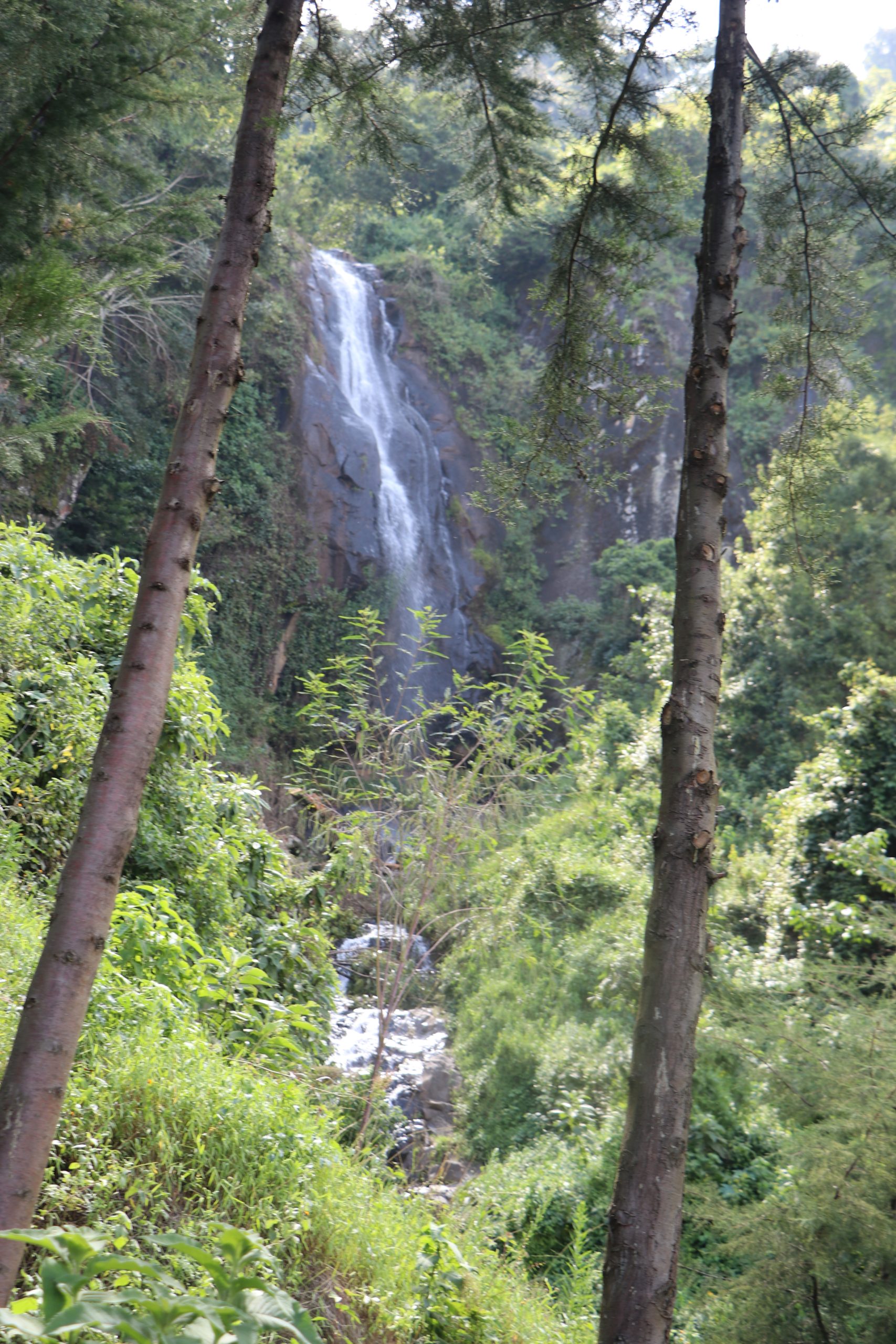
Why does this work matter?
The answer lies in its far-reaching impact. Restoring Kenya’s water towers is a powerful tool for climate change adaptation and mitigation. These ecosystems regulate local weather patterns, act as carbon sinks, and support resilient agricultural systems. More than 80% of the country’s hydroelectric power and potable water comes from rivers originating in water towers. As the population grows and climate variability increases, protecting these natural assets becomes more critical than ever. Moreover, water tower restoration supports rural livelihoods by creating green jobs in nurseries, afforestation, and eco-enterprises, while promoting food security and sustainable natural resource management.
The project also contributes to the broader landscape restoration movement taking shape globally, particularly under the AFR100 and Global Landscapes Forum initiatives. It draws from evidence-based models, such as those pioneered by KEFRI’s WaTER Towers Programme—an EU-funded, science-based initiative focused on community-led restoration across Kenya. These programs emphasize data-driven planning, including mapping of degraded hotspots, land-use patterns, and hydrological networks, all of which guide targeted restoration activities in water tower catchments.

At the core of SKWT’s conservation activities are tree planting and soil and water conservation. Indigenous tree species which are sourced from community nurseries. They are then are planted strategically in degraded areas to restore forest cover, improve biodiversity, and enhance carbon sequestration. In tandem, soil and water conservation structures such as terraces, check dams, and infiltration ditches are constructed to curb erosion, retain moisture, and improve water infiltration. These interventions not only protect the land but also enhance agricultural productivity and reduce the frequency and severity of floods and landslides.
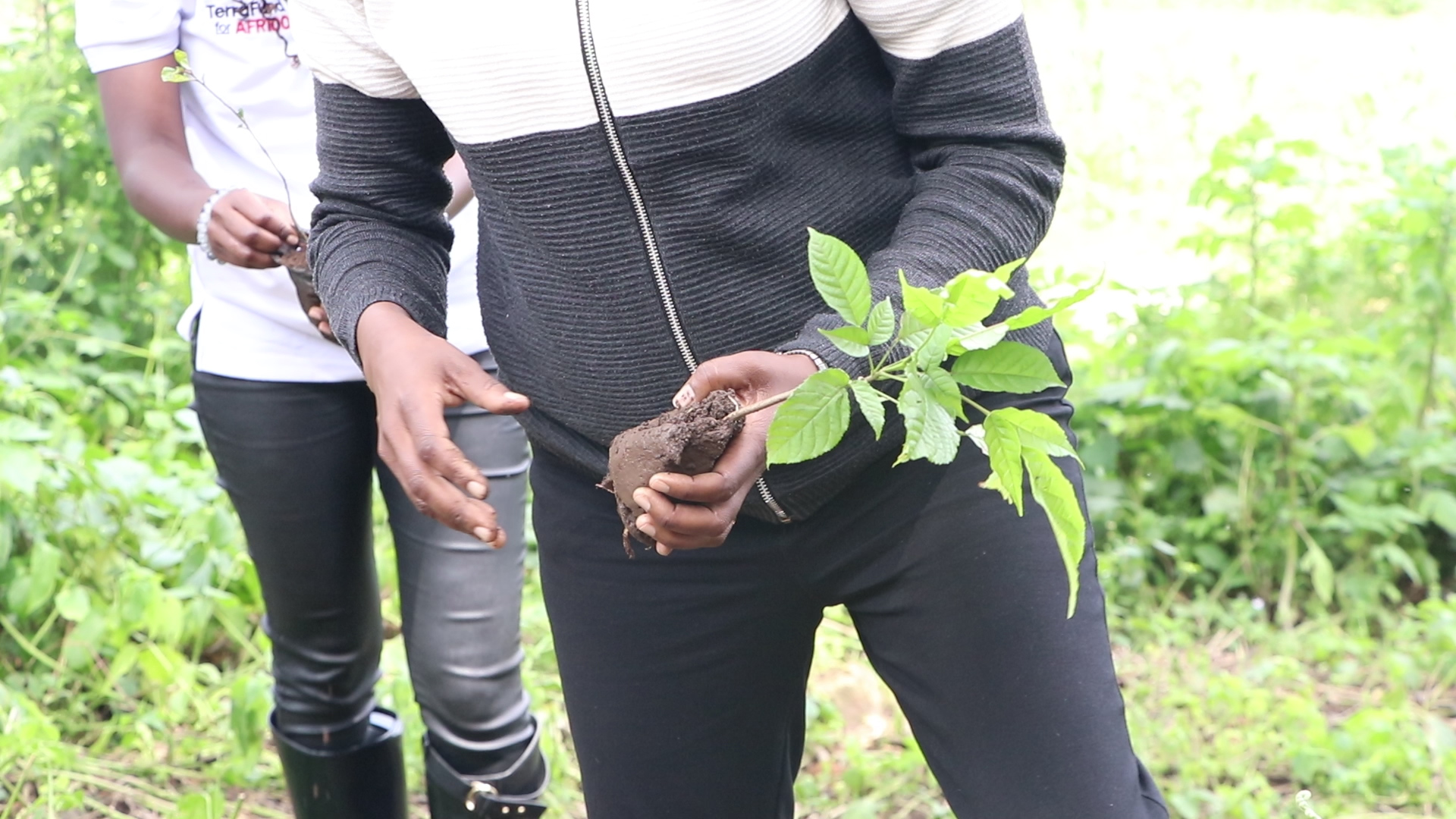
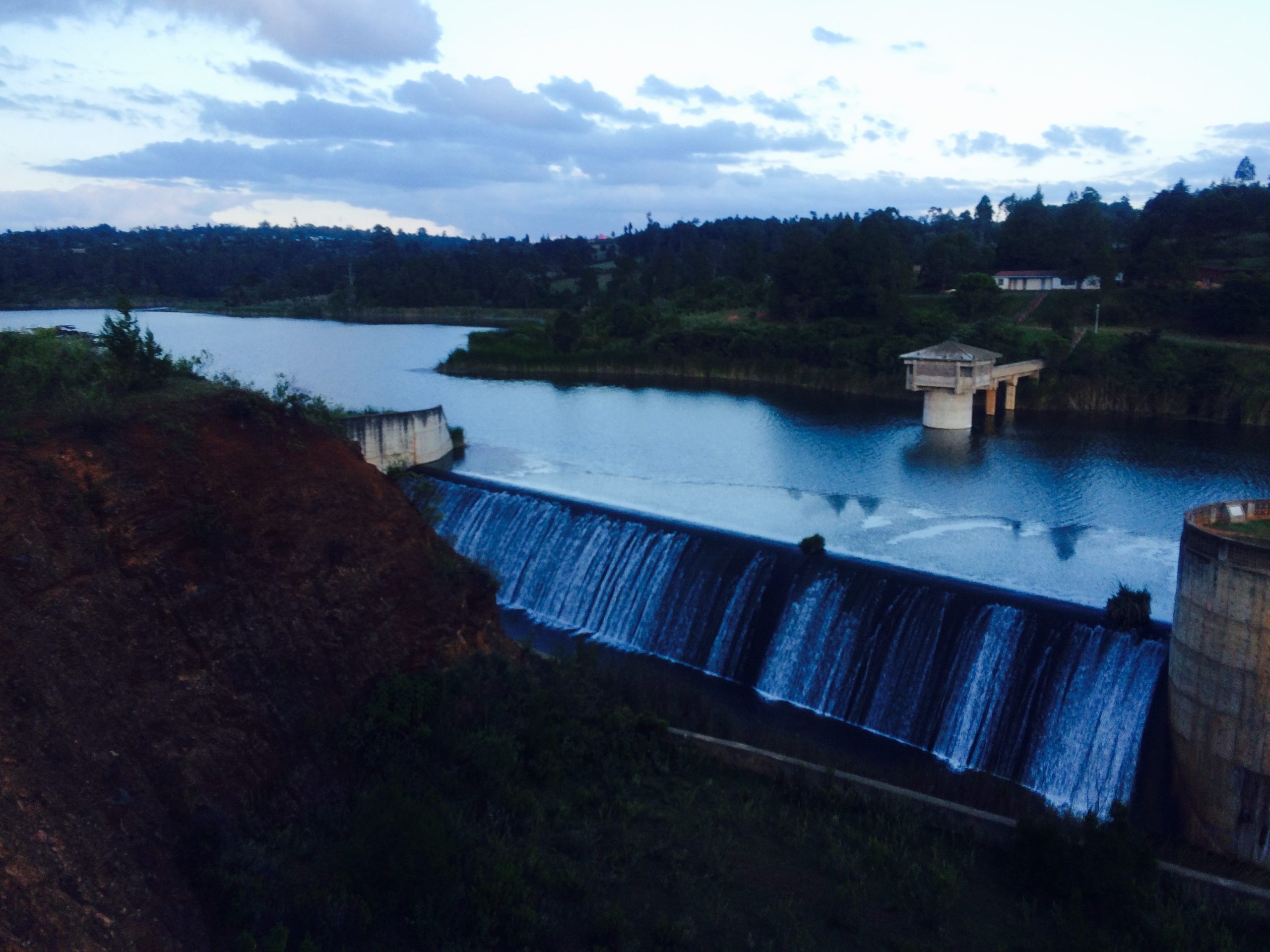

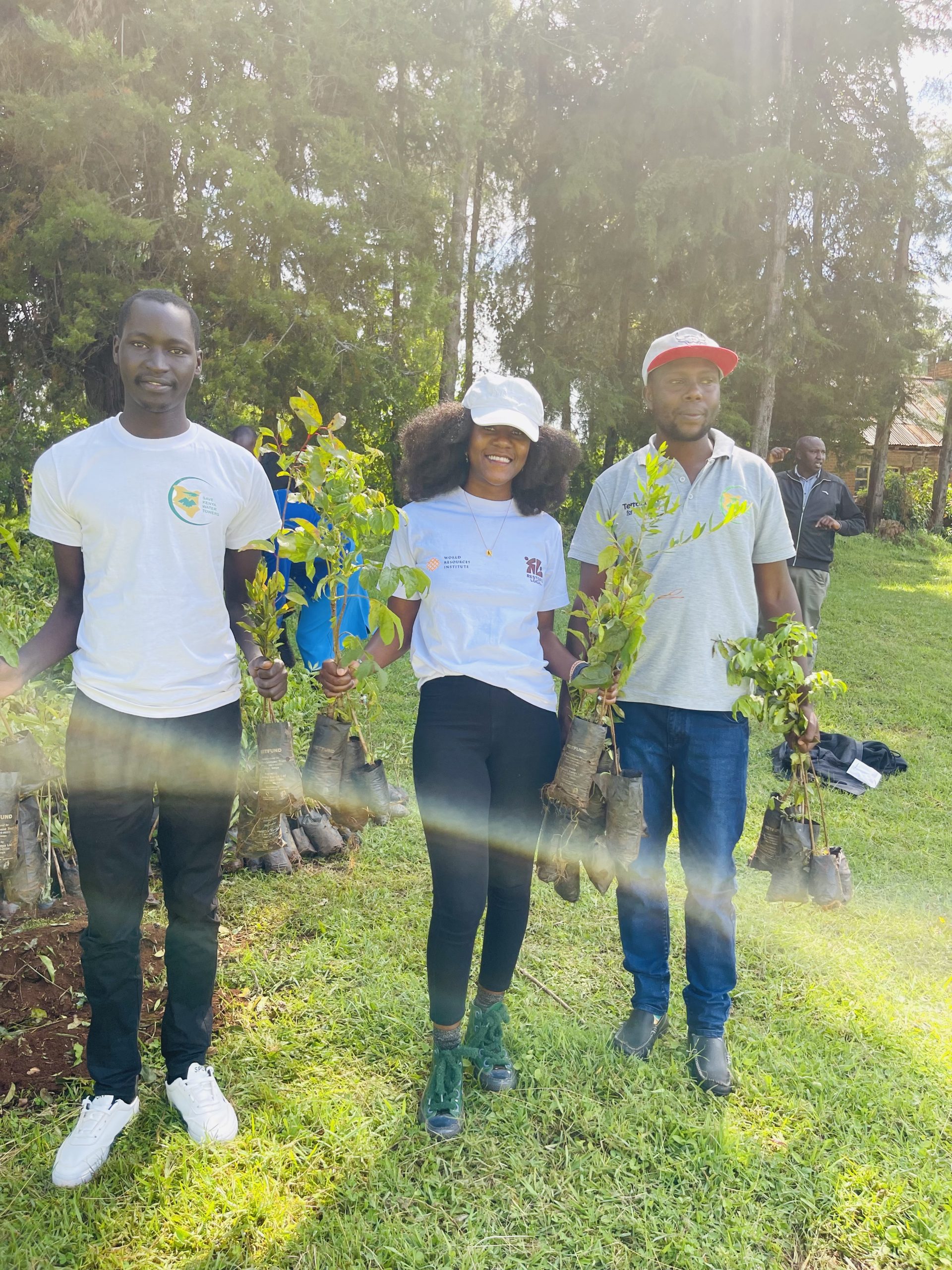

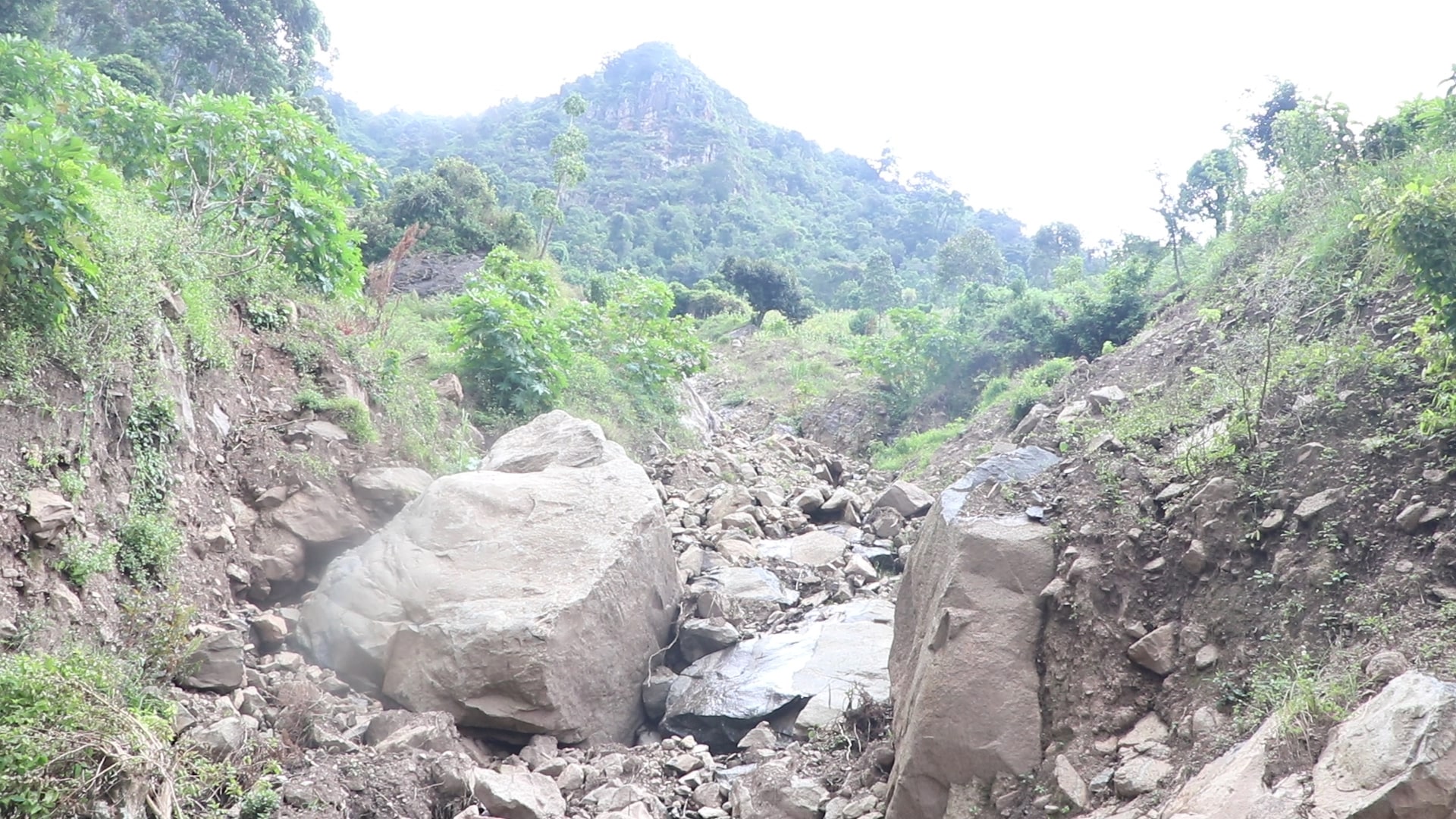
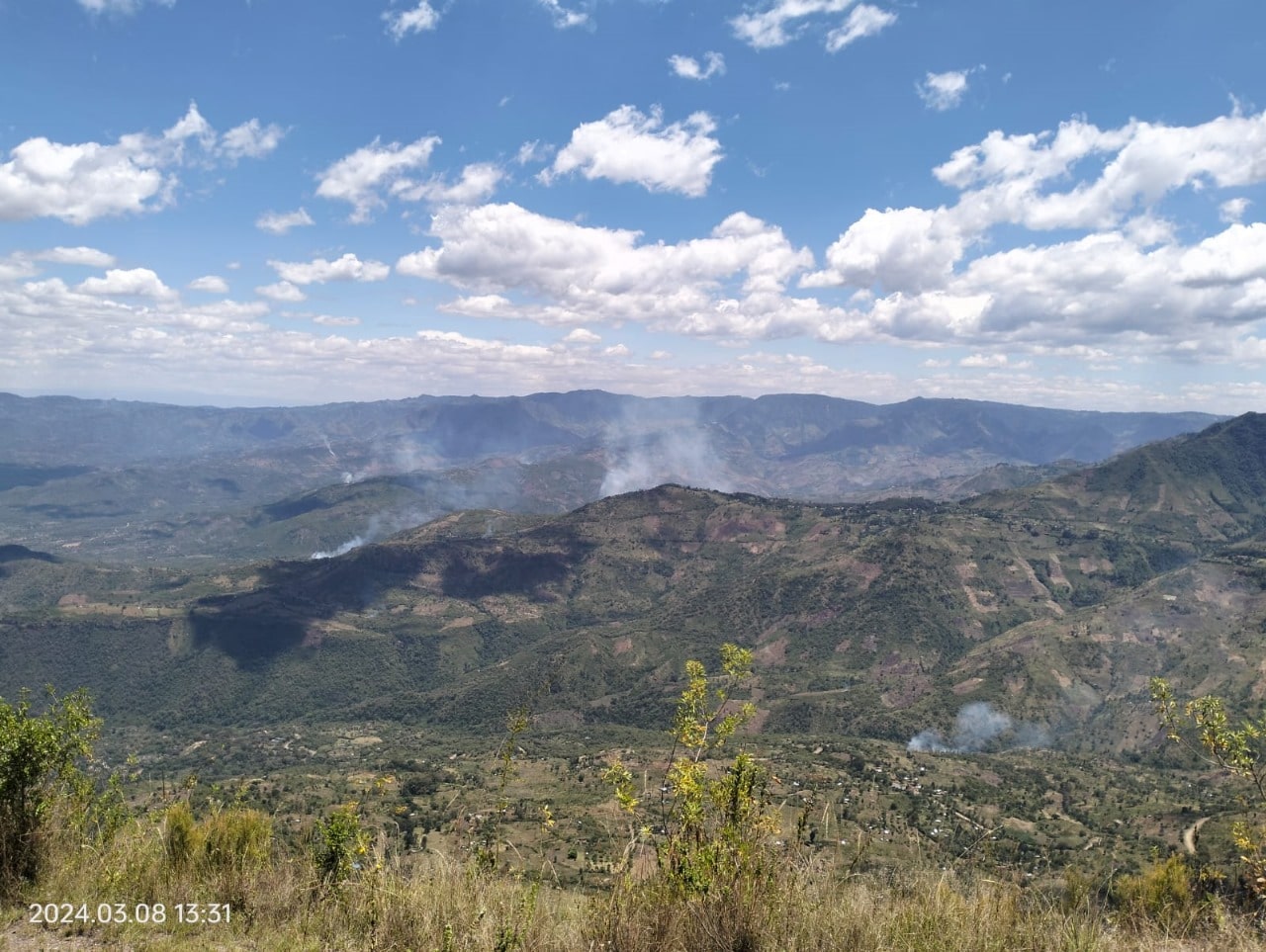
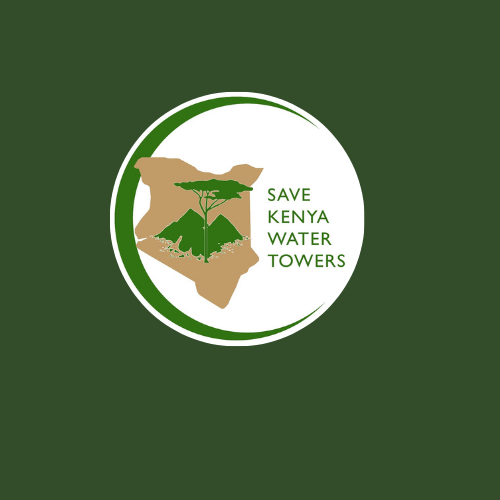
3
RIVERBANK RESTORATION
Riverbank degradation refers to the weakening and collapse of riverbanks due to both human and environmental pressures. In the Great Rift Valley, this degradation is accelerating at an alarming pace, driven by a combination of unsustainable agricultural practices, deforestation, sand harvesting, poor land-use planning, and the impacts of climate change.
Communities along rivers such as the Molo, Njoro, Mara, Chebara, and Kerio increasingly rely on rivers for farming, drinking water, and livestock. To meet growing demand, natural vegetation along riverbanks is cleared for cultivation or settlement. Once removed, the banks lose their natural stabilizers such as tree roots and vegetation – which hold soil together and act as natural filters for runoff.
The result? Riverbanks collapse, rivers widen, and sedimentation chokes aquatic life. Farmlands are lost to erosion, water quality deteriorates, and downstream communities face heightened flood risks.
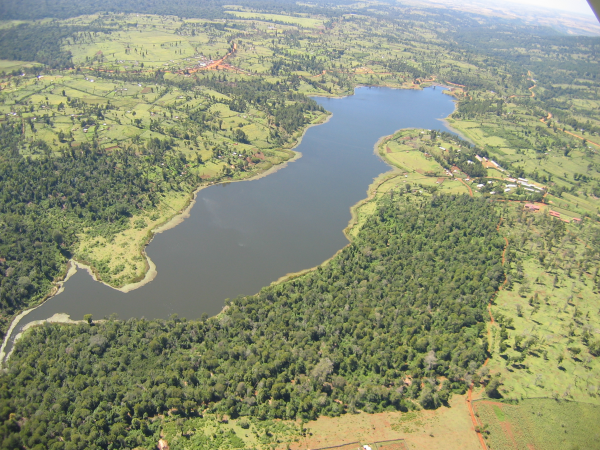
The degradation of forests in Kenya has reached alarming levels due to factors such as deforestation, illegal logging, land encroachment, and unsustainable agricultural practices. In response to this challenge, Save Kenya Water Towers (SKWT) has embraced a community-based restoration strategy rooted in the establishment of indigenous tree nurseries.
One of the cornerstone initiatives of this strategy is the establishment of a dedicated tree nursery in Chebara, located in the North Rift region. Alongside this, we are capacity-building a community nursery with Tirok Coffee Farmers, empowering them to grow and manage seedlings for reforestation efforts in the region. These nurseries specialise in the production of indigenous and exotic seedlings, native species that are ecologically suited to the area and capable of restoring degraded landscapes with greater resilience. These seedlings are used in various restoration projects, reinforcing the ecological integrity of forests, protecting water catchments, and enhancing biodiversity.
But the work doesn’t stop there. Recognizing the power of inclusive participation, SKWT is working closely with smallholder farmers and local communities to expand the nursery model across the wider North Rift region. This includes capacity building, technical training, and collaborative planning to establish additional community-run nurseries. These efforts ensure that restoration is not just a one-time intervention but a sustainable and scalable solution, rooted in local ownership and stewardship.
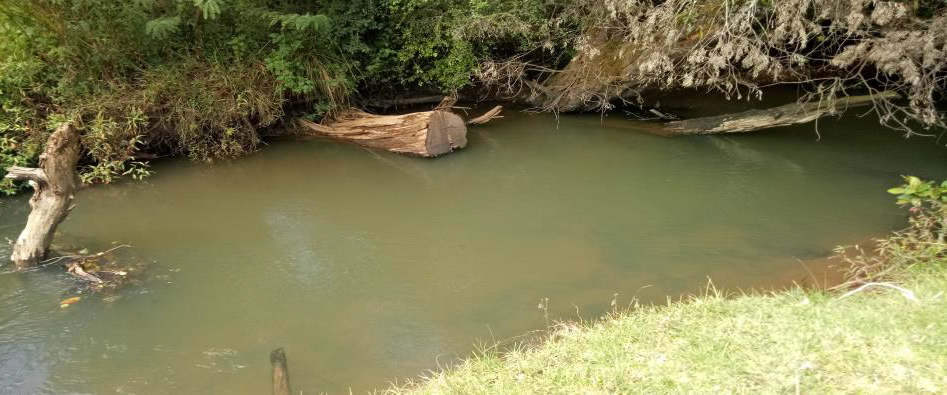
Community nurseries serve multiple purposes they provide livelihoods for families through seedling sales and employment, they encourage environmental awareness, and they foster a deeper connection between people and nature. With the increasing frequency of climate-related disasters such as floods, droughts, and landslides, restoring tree cover through such localized initiatives becomes an essential climate adaptation and mitigation strategy.
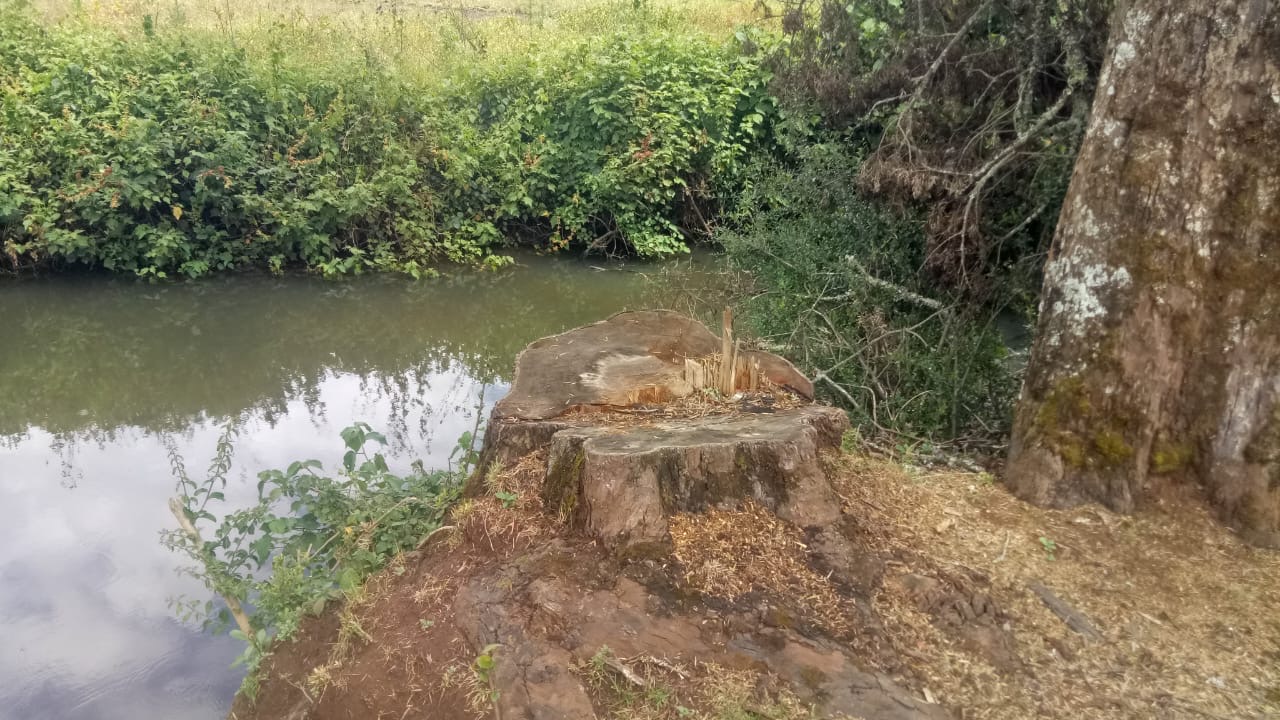
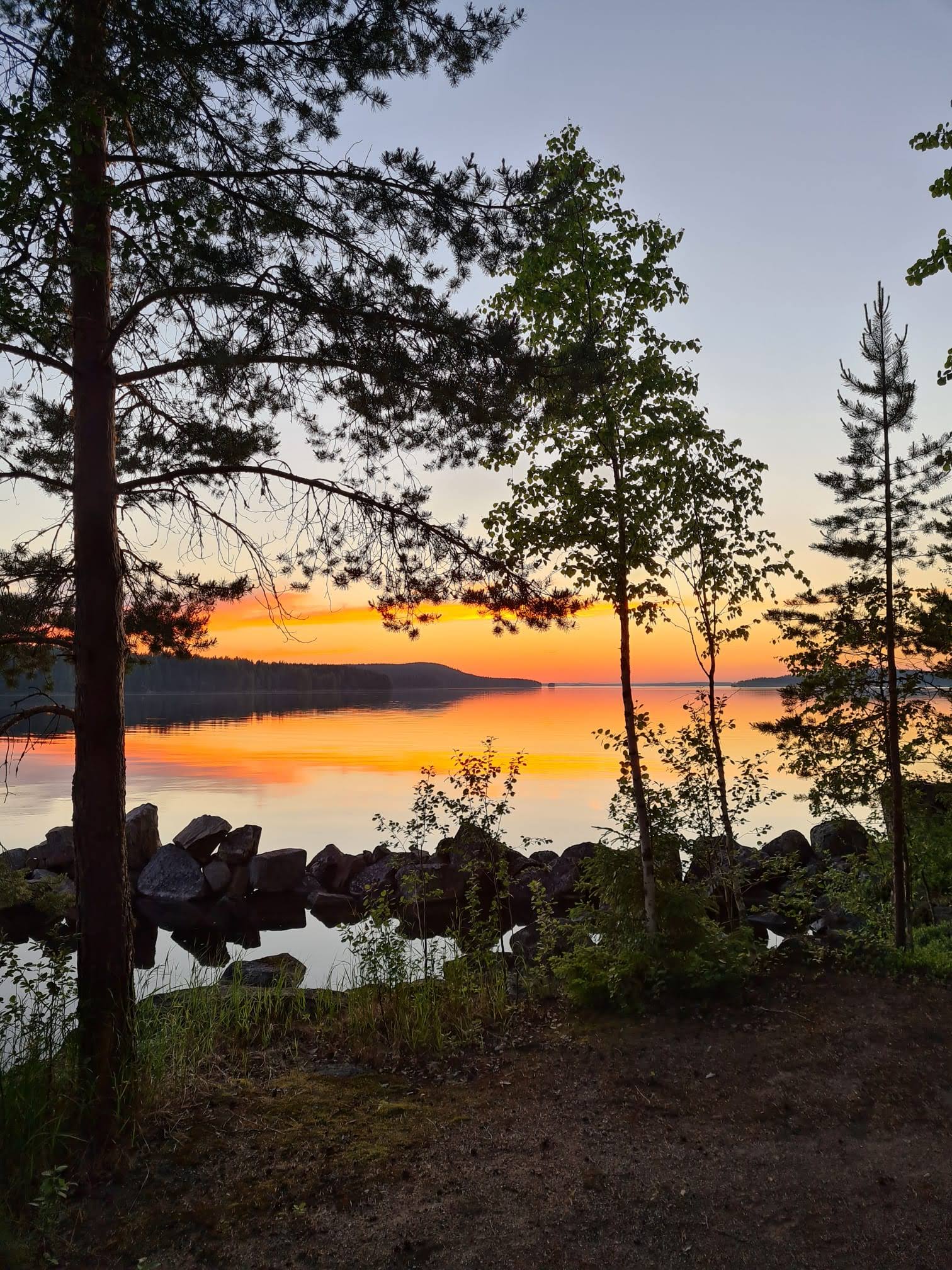
4
BEES FOR BIODIVERSITY
#savethebees
#bees4bees
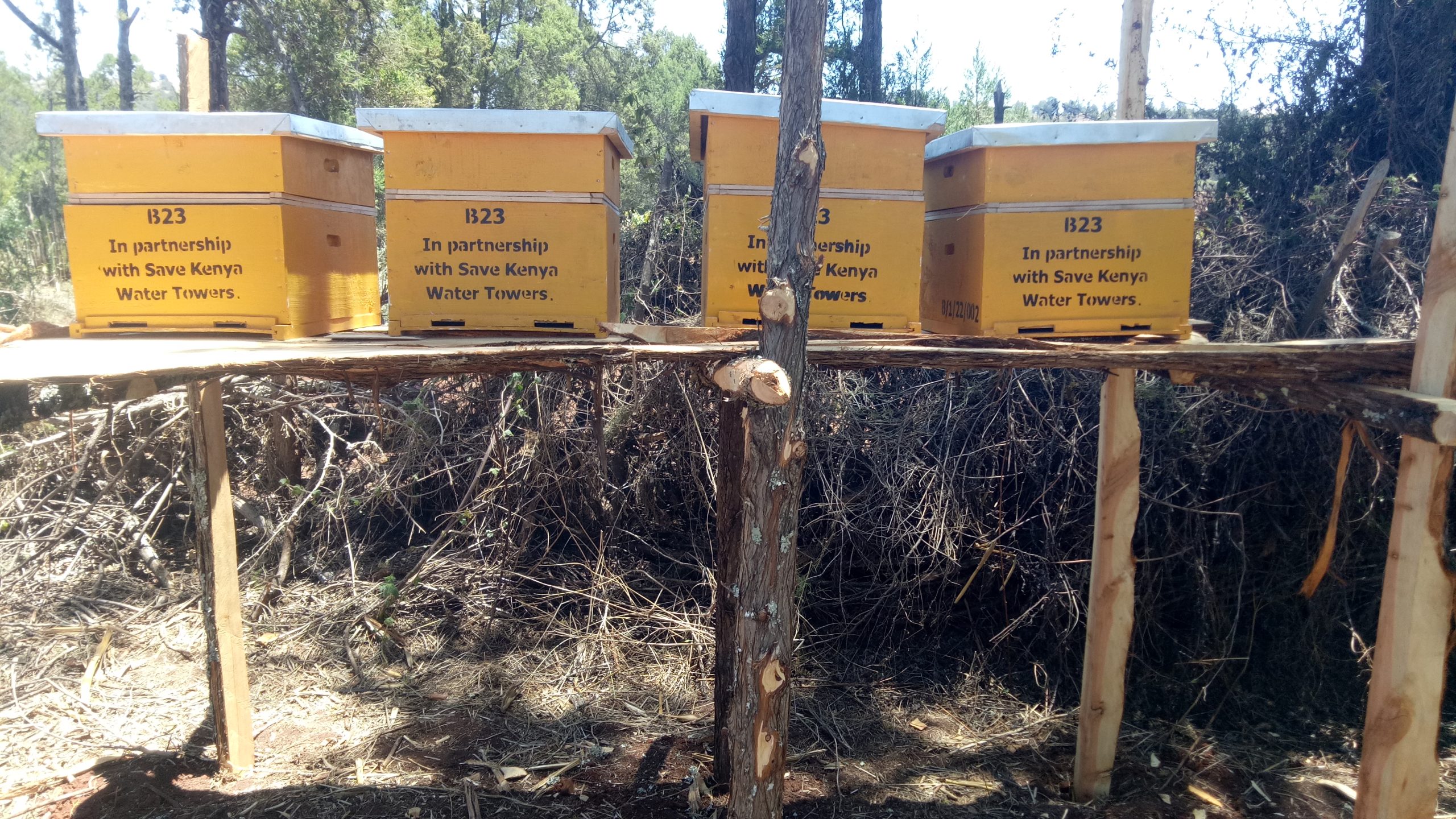
Promoting Biodiversity and Sustainable Livelihoods
In the face of accelerating environmental degradation and rural poverty, Save Kenya Water Towers has introduced an innovative livelihood support program through its Save Bees Project. This initiative promotes sustainable beekeeping as a climate-smart, income-generating solution that not only uplifts communities but also plays a crucial role in conserving biodiversity and protecting Kenya’s forest ecosystems.
At the heart of the project is a mission to train local farmers, particularly men which is based on cultural contexts—to engage in responsible beekeeping. By equipping them with knowledge and tools to sustainably harvest honey, the project fosters both economic empowerment and environmental stewardship.
This initiative puts emphasis on the value of forest conservation, discouraging unsustainable practices such as tree cutting or charcoal burning by creating alternative income streams.
Bees are essential allies in the fight for biodiversity. Through pollination, they support the reproduction of wild plants and agricultural crops, enhancing food production and maintaining healthy ecosystems. Beekeeping also yields economic benefits through the sale of honey and other bee-derived products, contributing to rural household income and community resilience.
The Save Bees Project is a practical response to these threats. By supporting nature-based livelihoods like beekeeping, the project aligns ecological restoration with economic development. It offers a powerful example of how local action can contribute to global goals—from climate adaptation and biodiversity conservation to poverty alleviation and sustainable development.
As the initiative grows, Save Kenya Water Towers envisions a future where forests are protected, pollinators are thriving, and rural communities are prospering—thanks to the humble yet powerful honeybee.
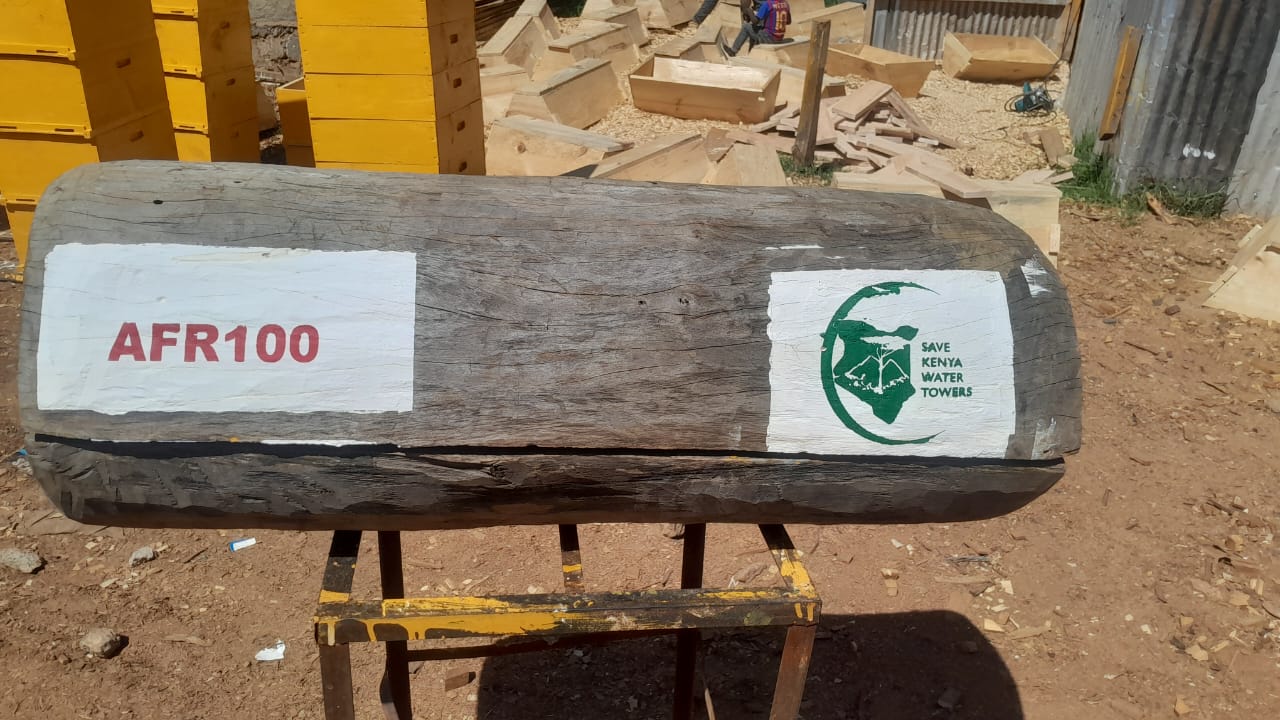
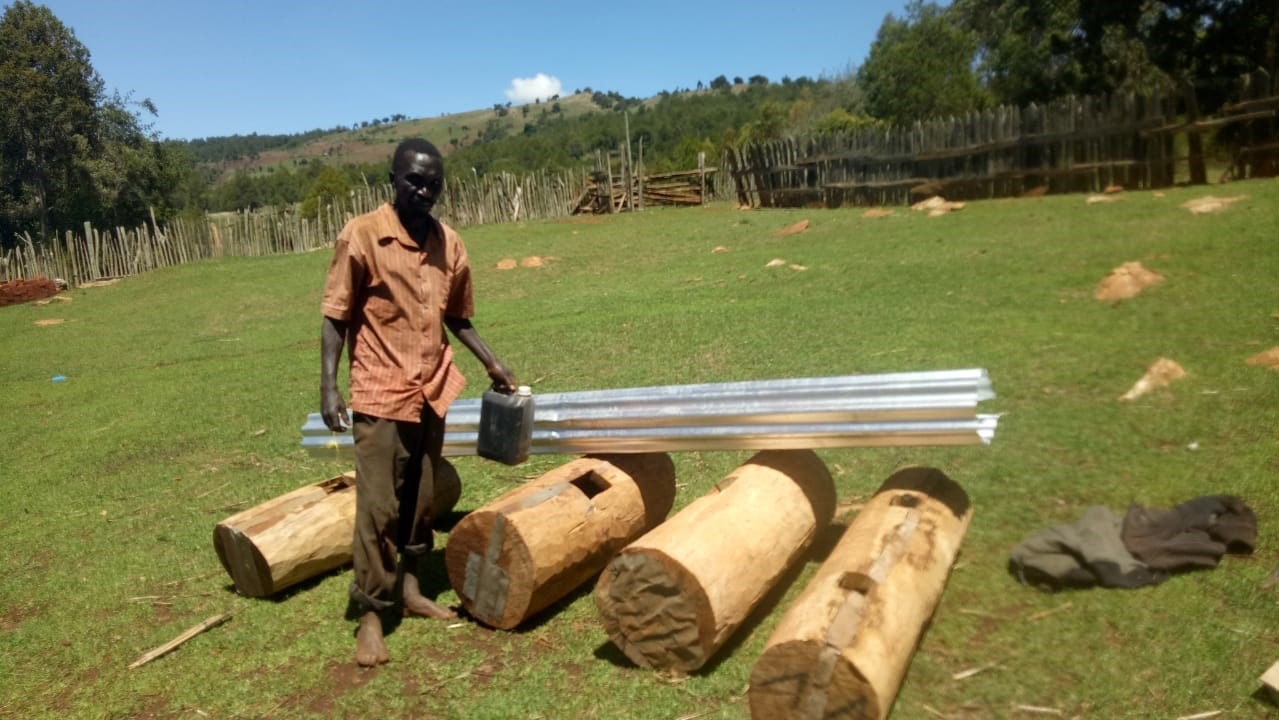
However, global bee populations are under severe threat. The project highlights several key drivers of bee decline, including:
Pesticides, particularly neonicotinoids, which impair bees’ ability to forage, navigate, and reproduce.
Habitat loss driven by deforestation, urban expansion, and agricultural encroachment.
Climate change, which disrupts flowering patterns, bee behavior, and plant-pollinator relationships.
Diseases and parasites, such as the Varroa mite, that weaken bee colonies and spread infections.
Monoculture farming, which limits floral diversity and increases vulnerability to pests and pesticide exposure.
Despite these challenges, not all bee species are in decline—but the trend, especially for wild pollinators, is alarming. Since bees are central to both ecosystem health and global food systems, their loss poses grave risks not only to biodiversity but also to long-term food security.
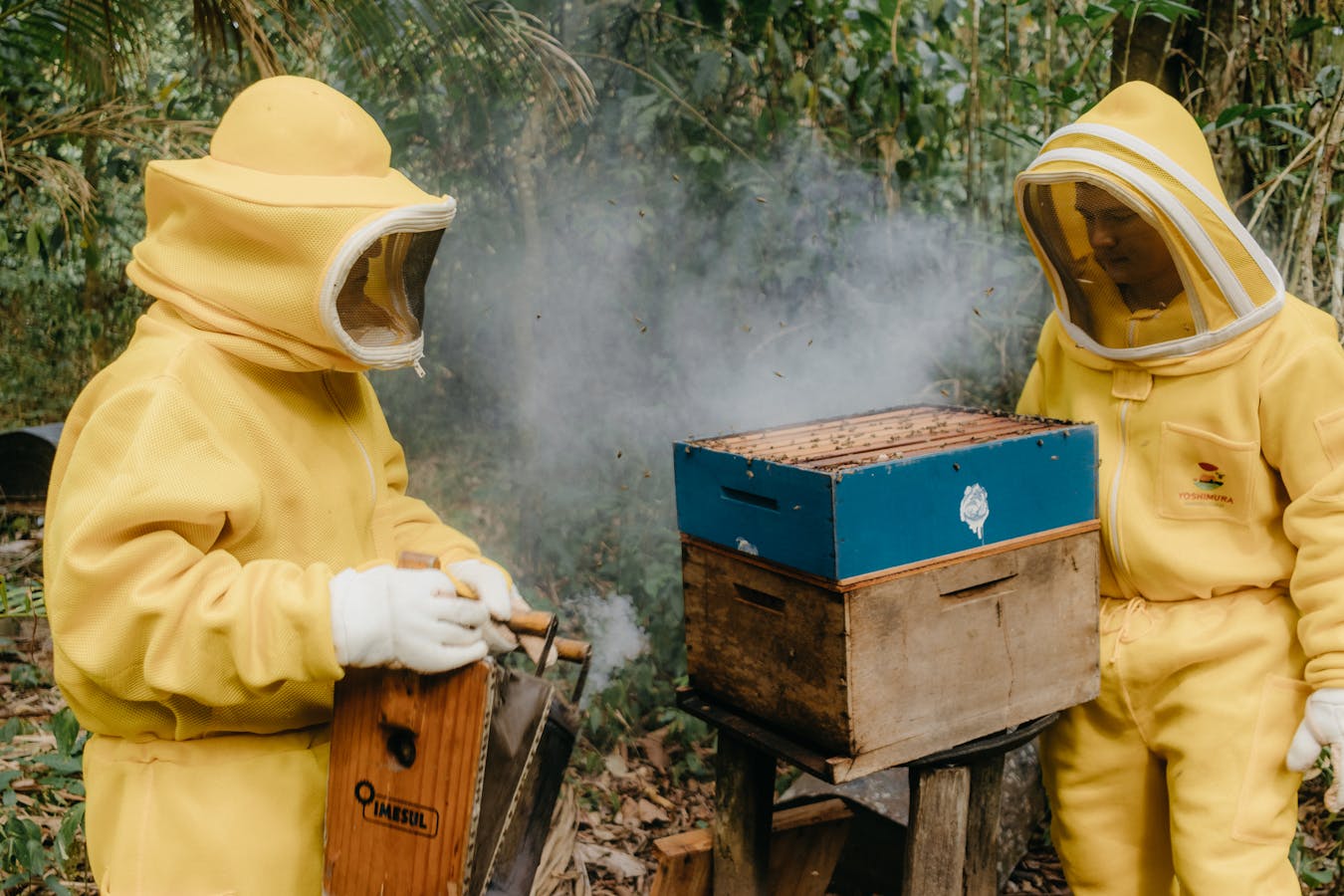
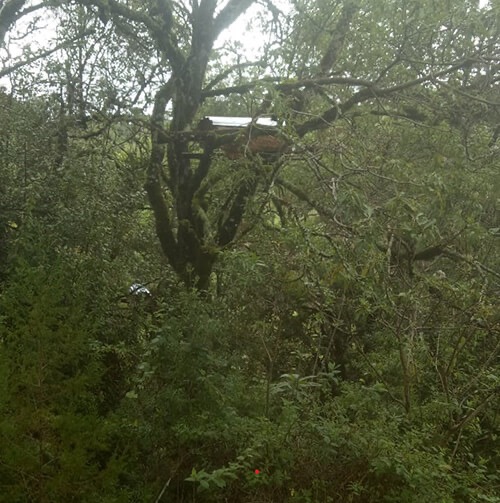

5
BIOGAS FOR SCHOOLs
The Green Ribbon Initiative
Biogas for Schools initiative is helping schools transition from their heavy reliance on firewood by introducing clean, efficient biogas systems. In Kenya, where many schools burn over five tonnes of firewood each day, this shift is both urgent and impactful. The high demand for firewood has fueled widespread deforestation, degraded landscapes, and a significant loss of biodiversity.
By adopting biogas, schools are not only cutting harmful emissions but also playing a vital role in protecting forests and nurturing a more environmentally conscious generation.
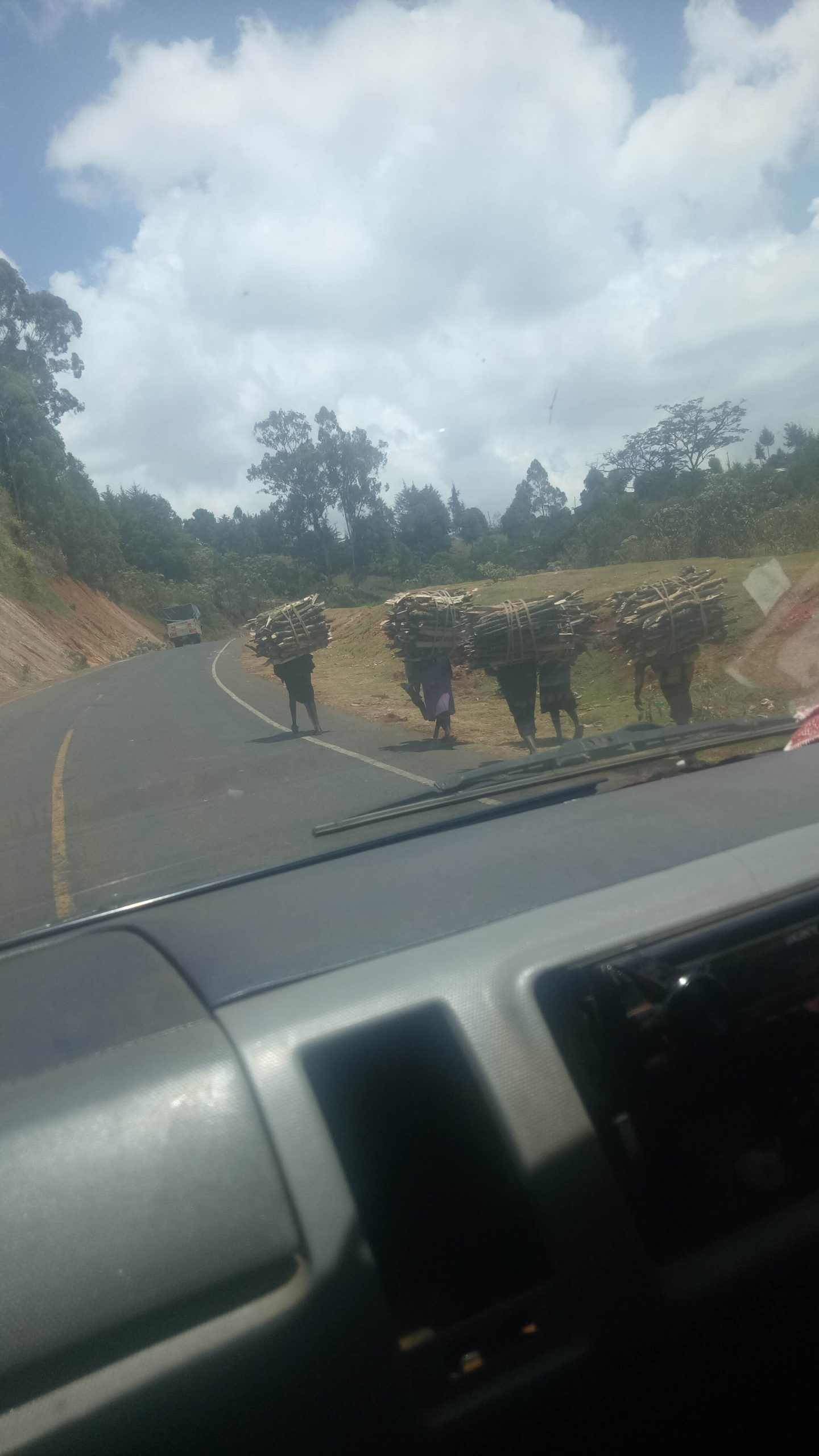
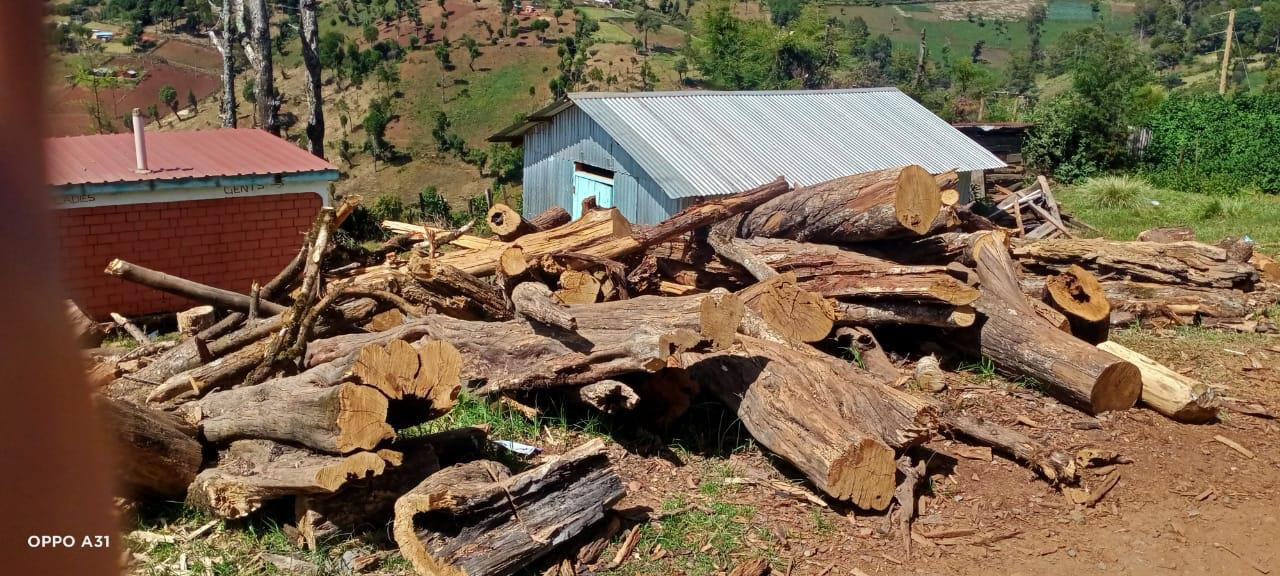
A key focus of this effort is reducing methane—a potent greenhouse gas particularly from the energy sector. Schools serve as a practical starting point, with the hope that their example will encourage nearby households and communities to embrace similar clean energy solutions.
